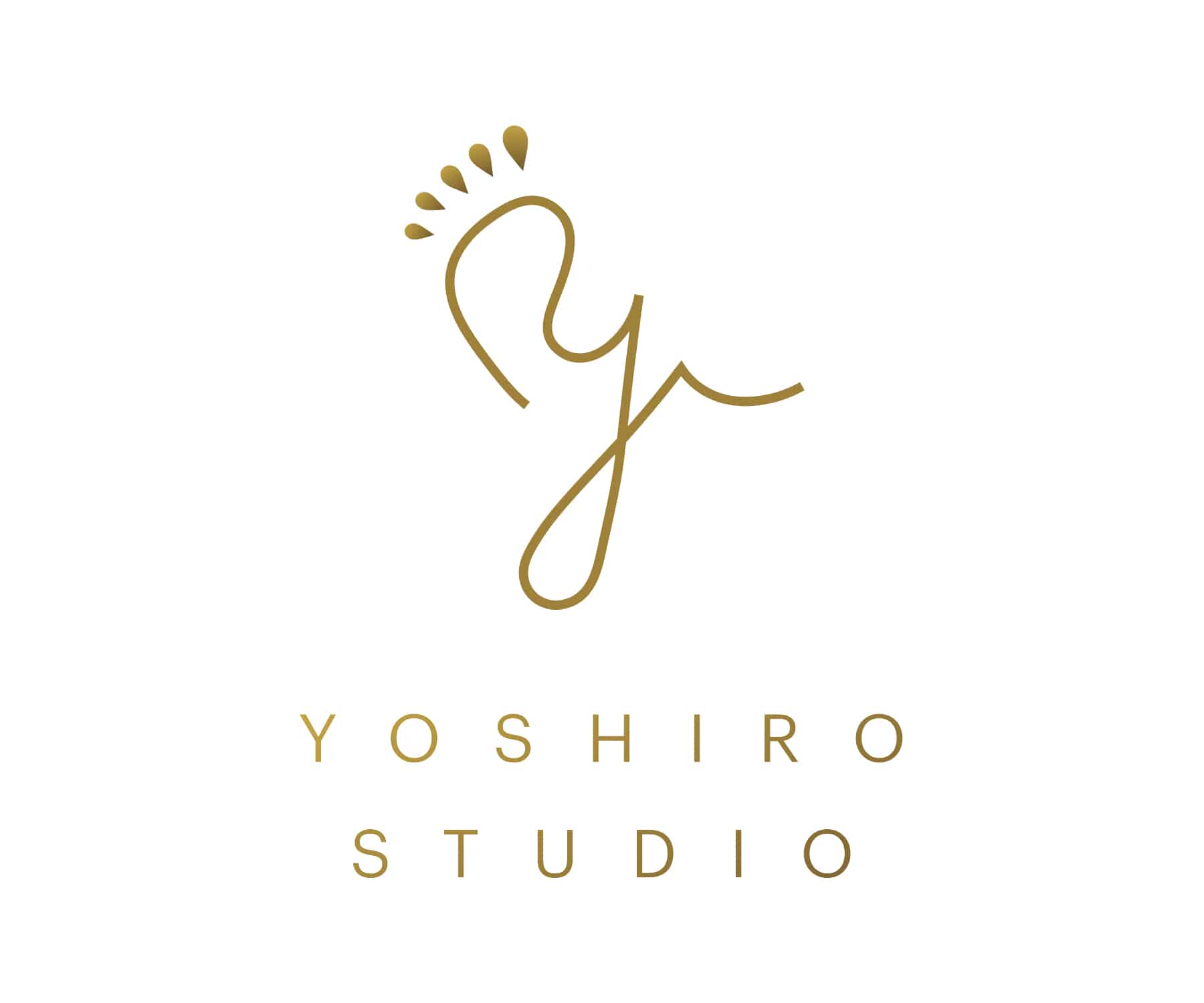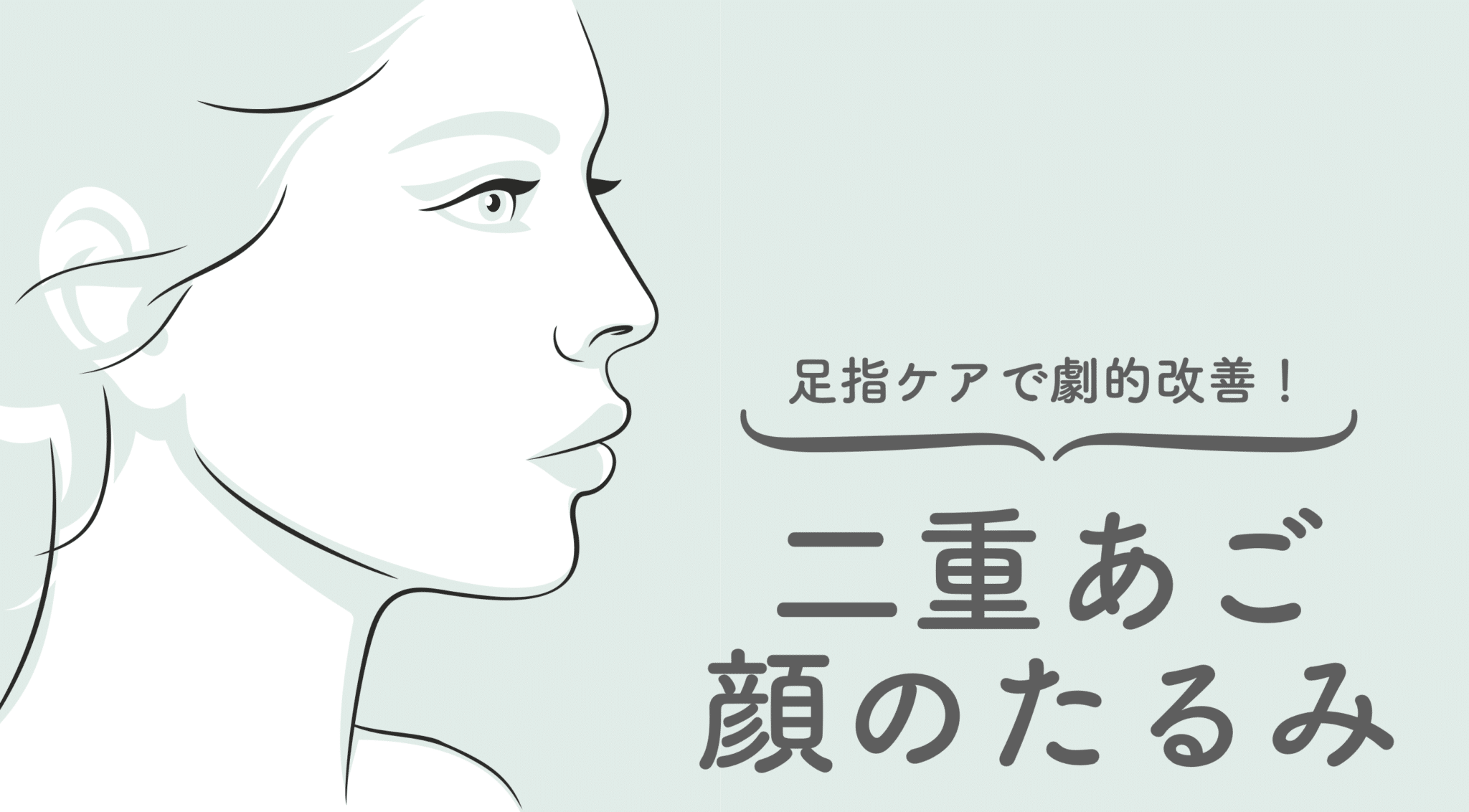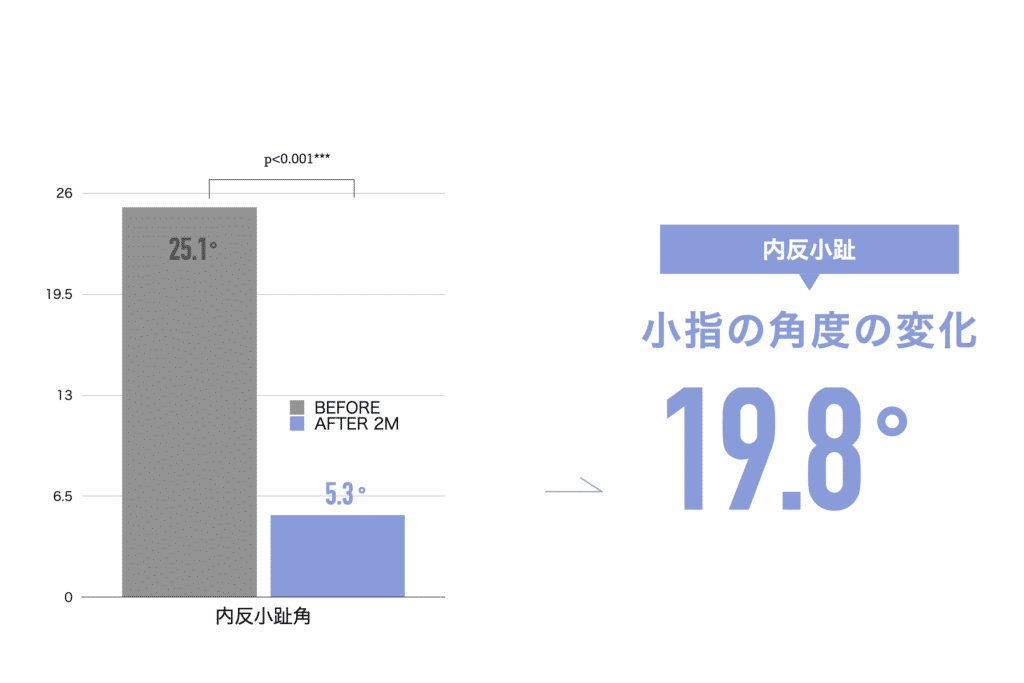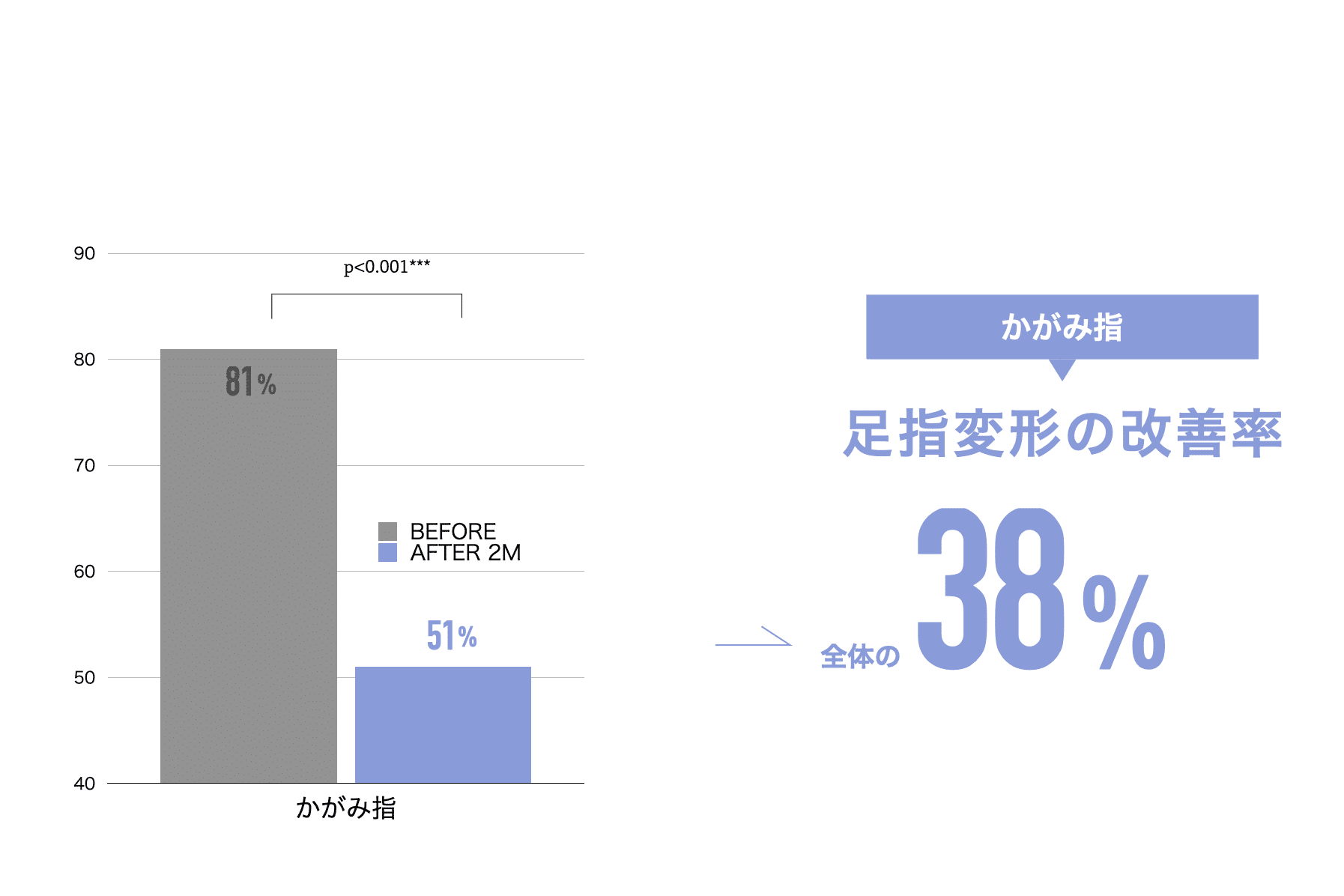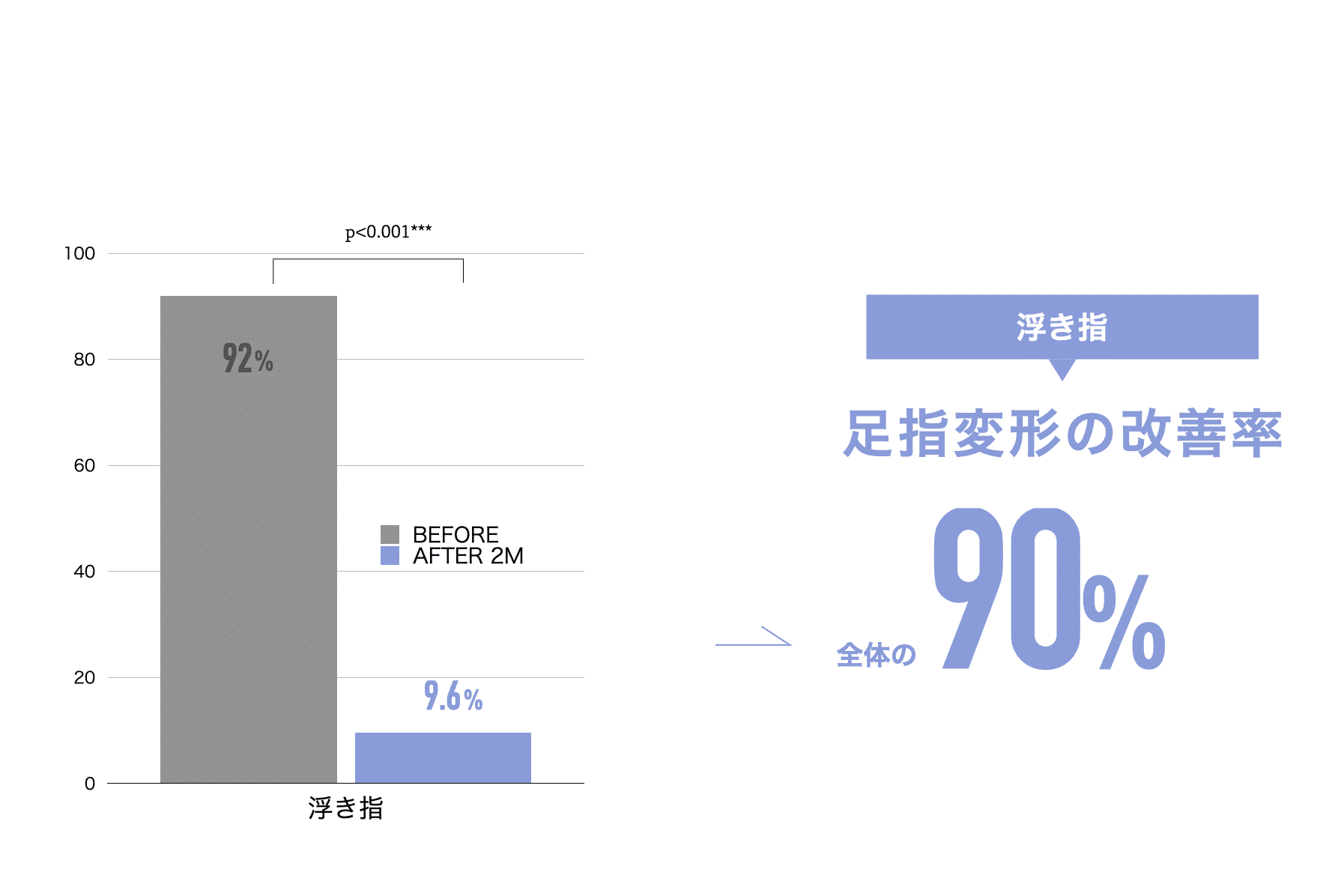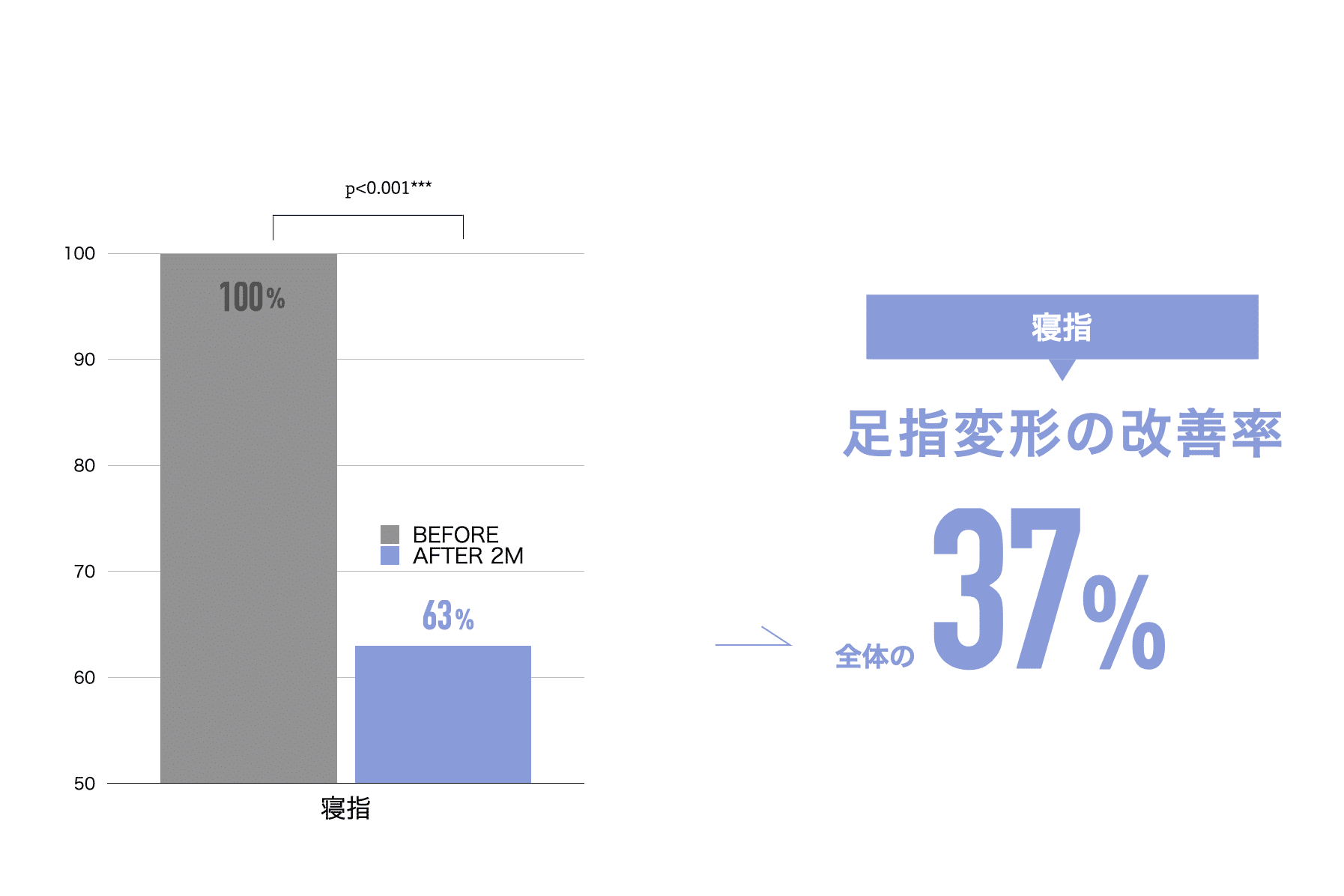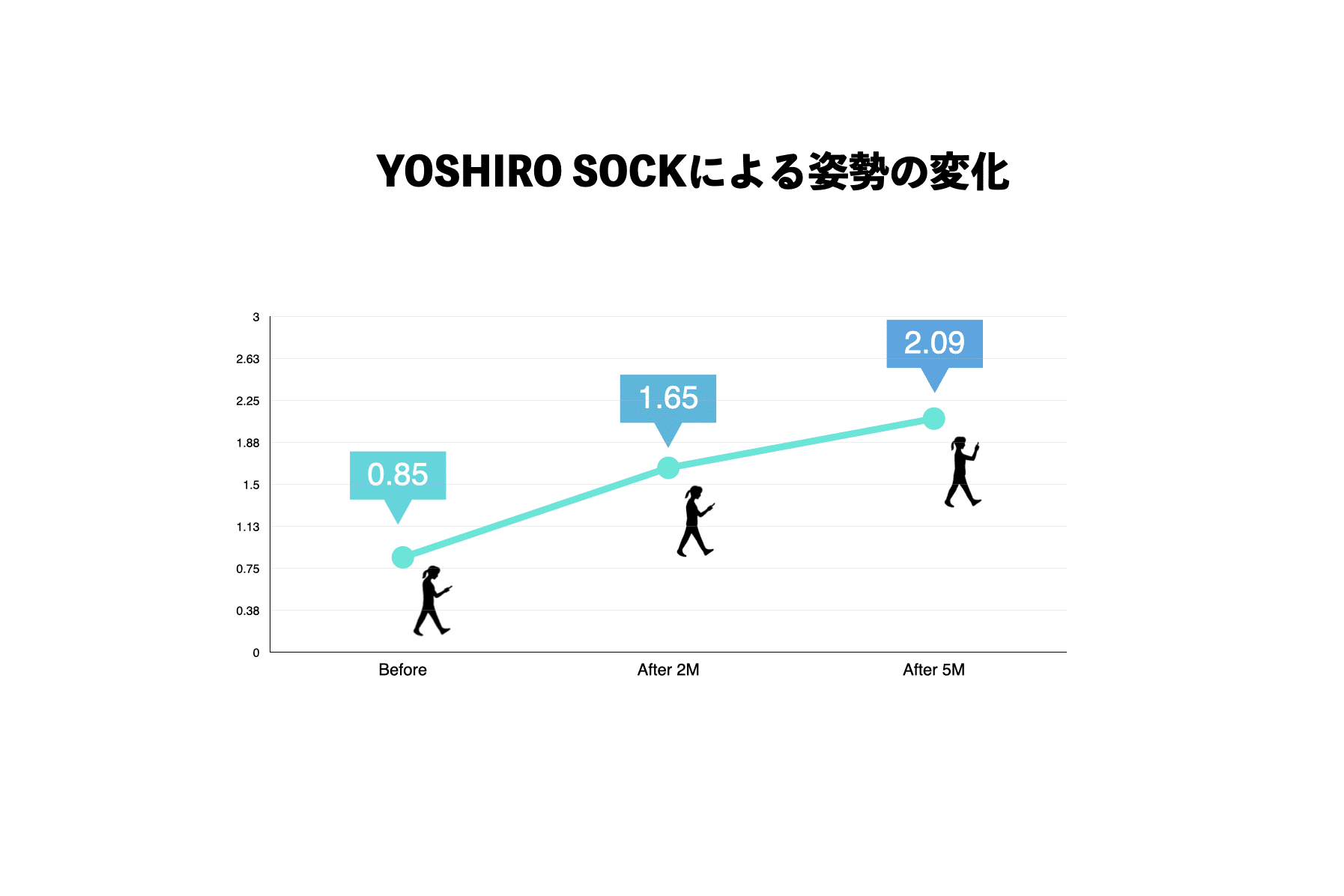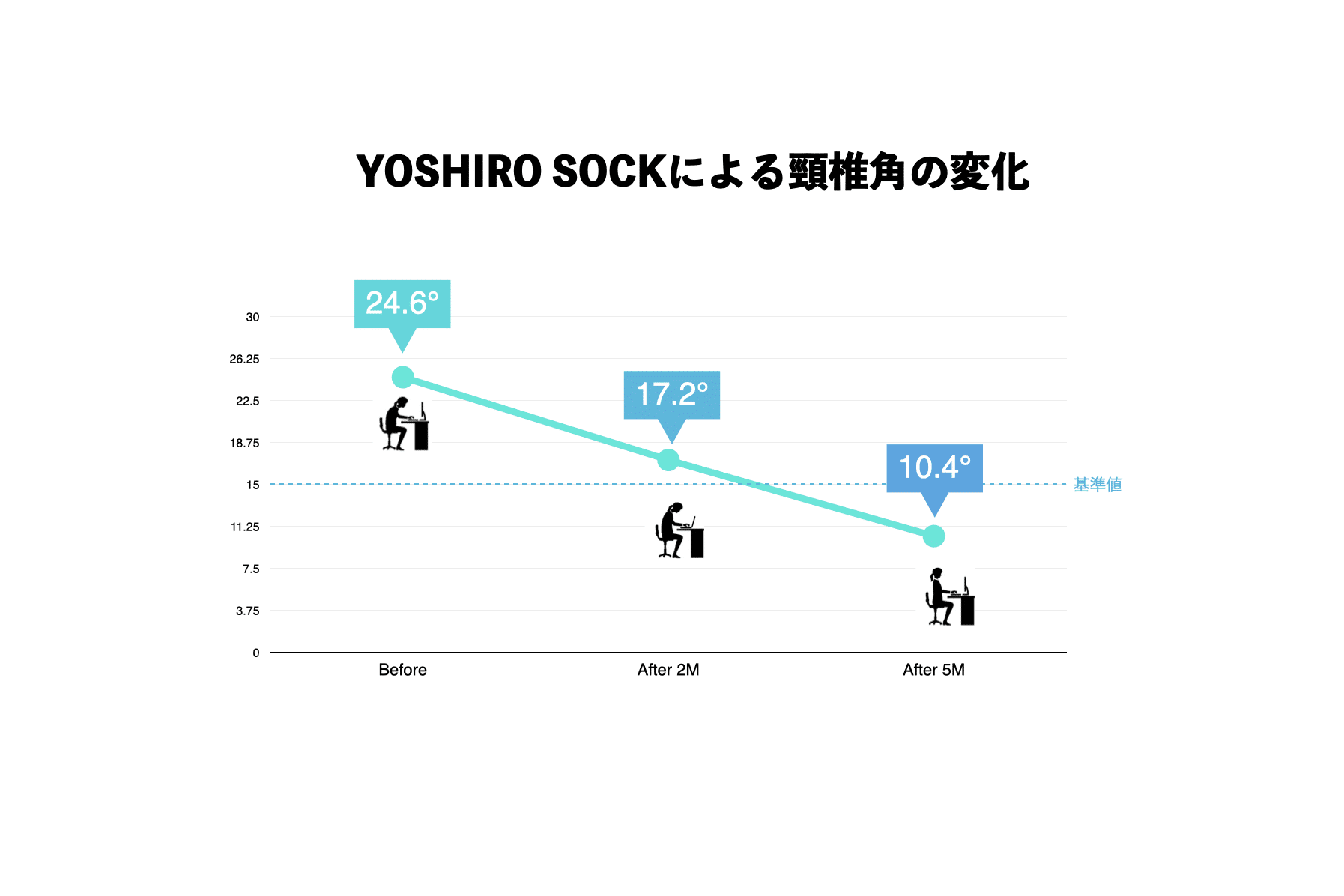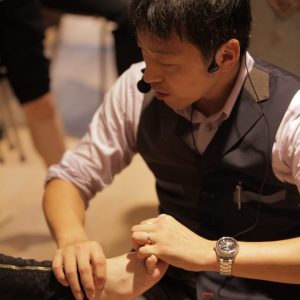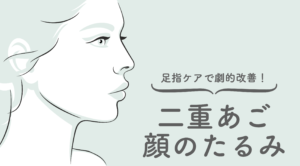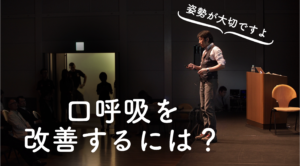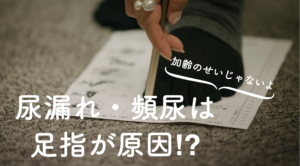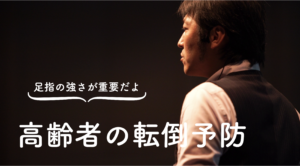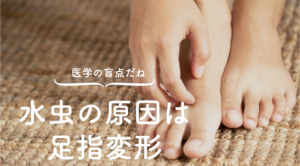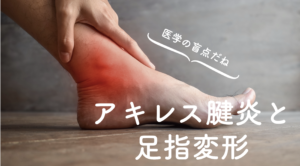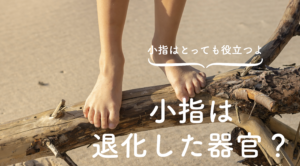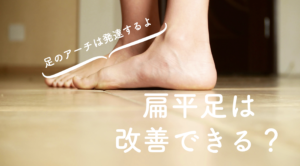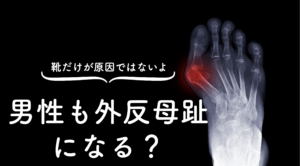Commentary by a toe doctor
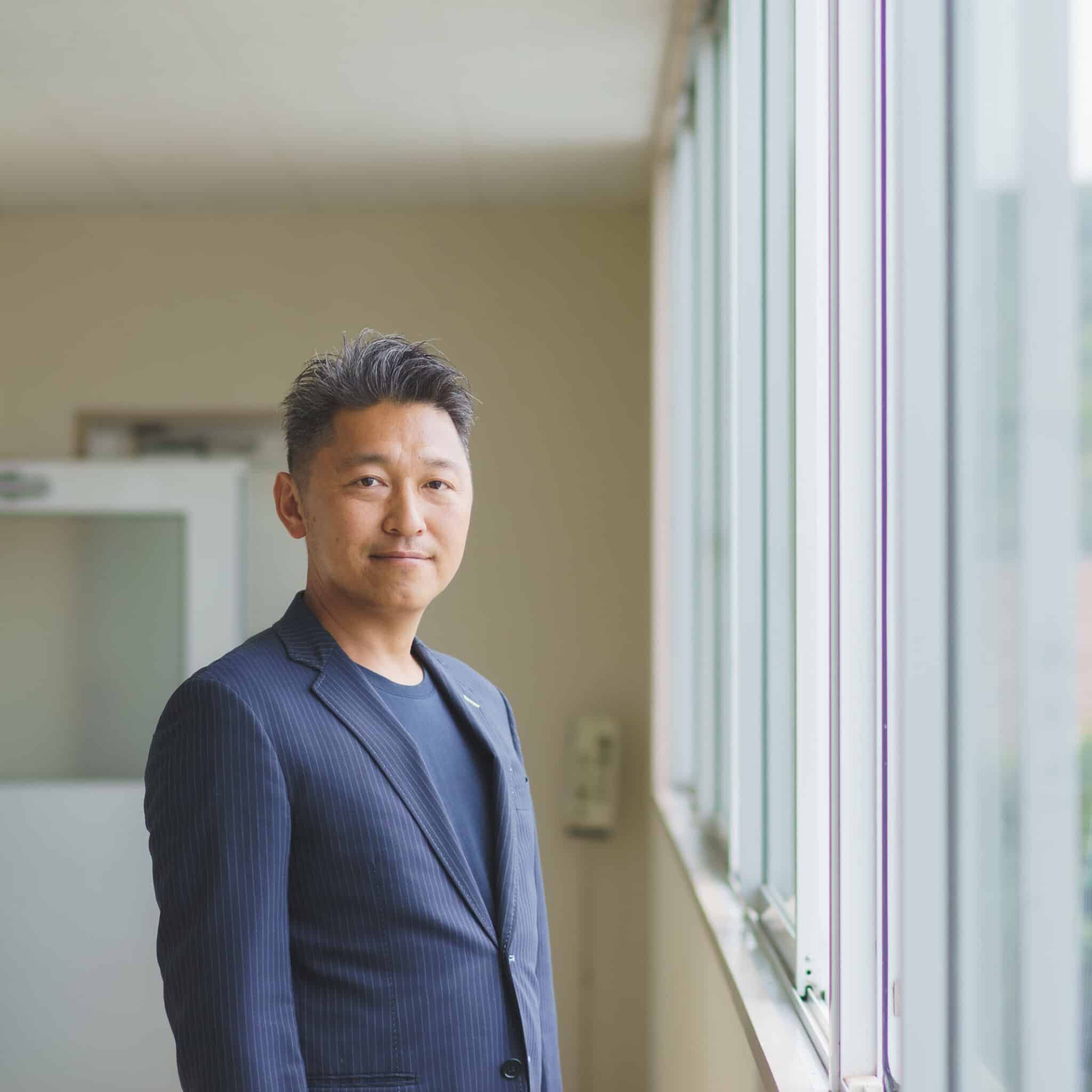
YOSHIRO YUASA
Keiro Yuasa
Dr. Toe, Director of the Toe Research Institute, President of the Japanese Society of Functional Foot and Toe Therapy, and developer of Halmek shoes. Former director, vice president, and medical director of General Hospital, and has a background as an advisor for an MRC-accredited dental clinic. He specializes in exercise physiology and anatomy. He is also a foot and shoe expert and a leading expert in postural occlusion treatment. He has cured various orthopedic diseases (over 70,000 people) with toe therapy alone.
Introduction.
Double chins are not only a cosmetic problem, but can also affect health. Many people consider age and weight gain to be the main causes, but in reality, posture and the condition of the toes also have a significant impact. This article details the causes of double chin and how to improve it, focusing on the relationship between posture and toes.
summary
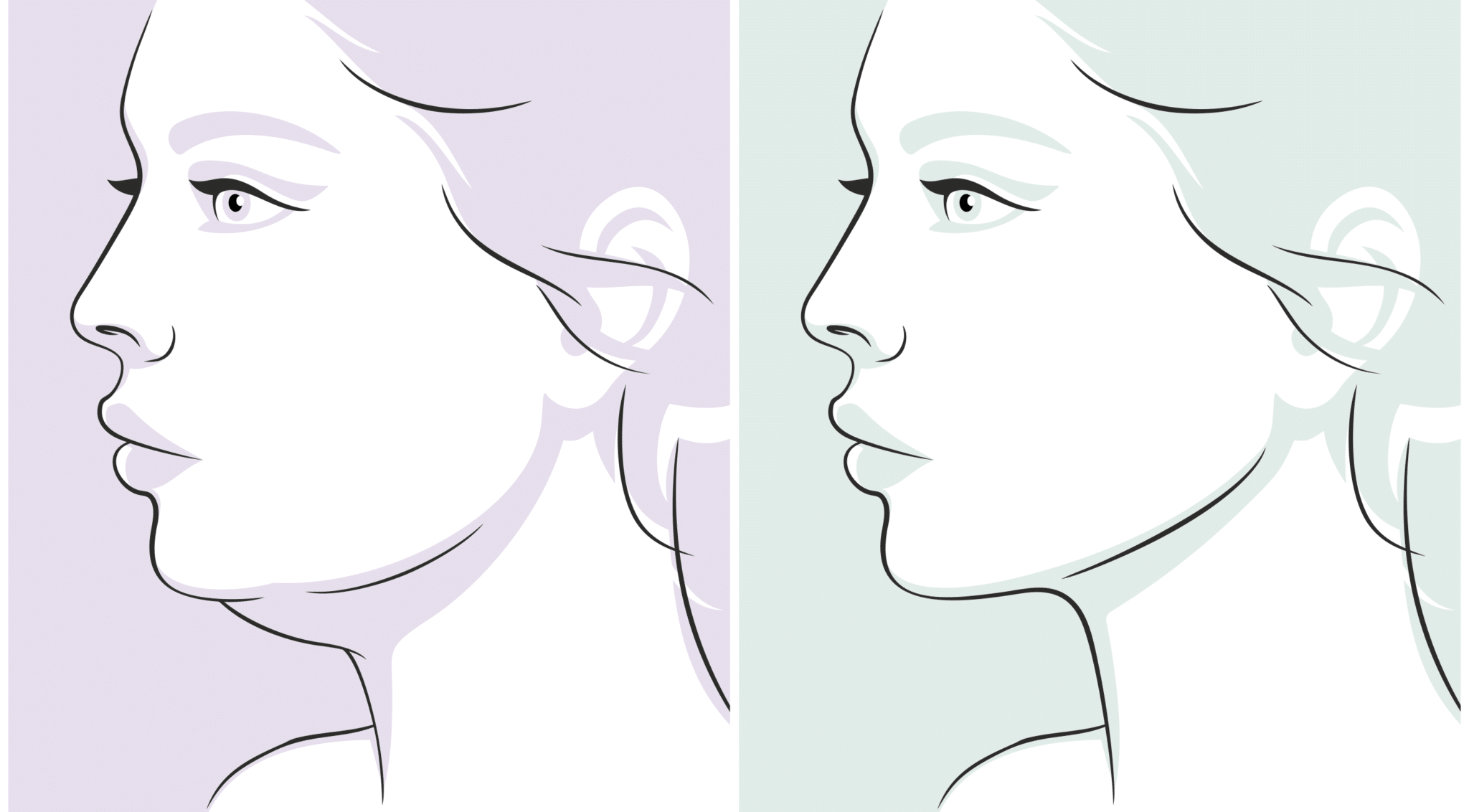
While weight gain, aging, and genetic factors are some of the most common causes of double chins, poor posture is also a major factor. Poor posture, such as a hunched back or straight neck, alters the position of the neck and jaw, loosening the muscles around the neck and contributing to a double chin. In addition, prolonged desk work and smartphone use can easily worsen posture. As remedial measures, maintaining ergonomically correct posture, exercising, and weight control are effective.
Main causes of double chin
1.Fat Accumulation:
The most common cause of a double chin is the accumulation of fat under the chin. As weight increases, so does fat in the face and neck, forming a double chin. However, if a person is thin but has a double chin formed, the cause is "lower jaw retraction" or laxity of the muscles under the chin due to poor posture.
2.Skin laxity:
With aging, a double chin may appear as the skin loses elasticity and droops. However, in addition to aging, poor posture can also cause the facial skin to pull downward and droop.
3.Poor posture:
Poor posture, such as a hunched back or straight neck, alters the position of the neck and jaw, causing the muscles under the chin to relax more easily. This results in the easy formation of a double chin.
Is a double chin caused by aging?
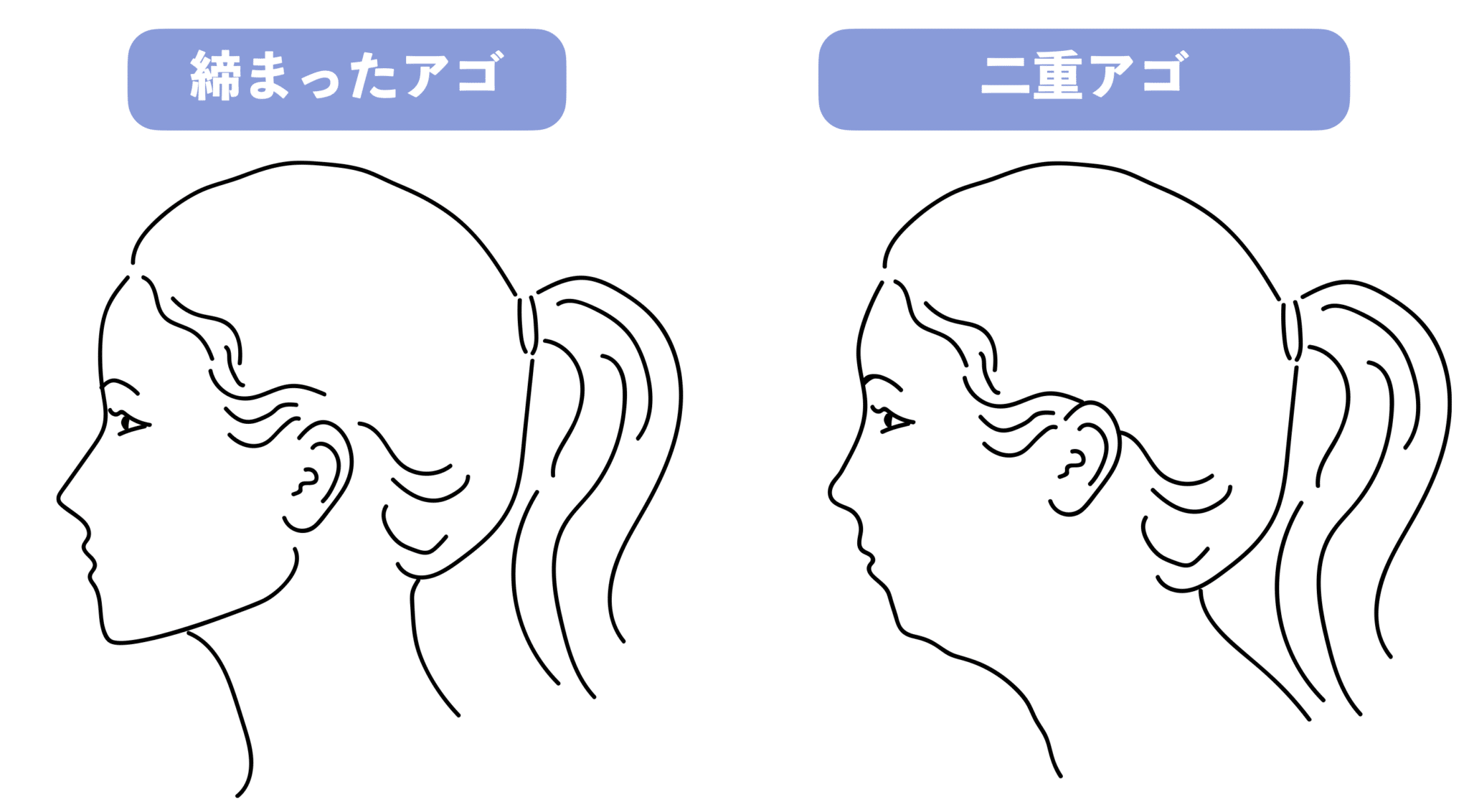
Here are two faces. One is a woman with a tight jaw and the other with a drooping jaw. What is the difference between these two women?
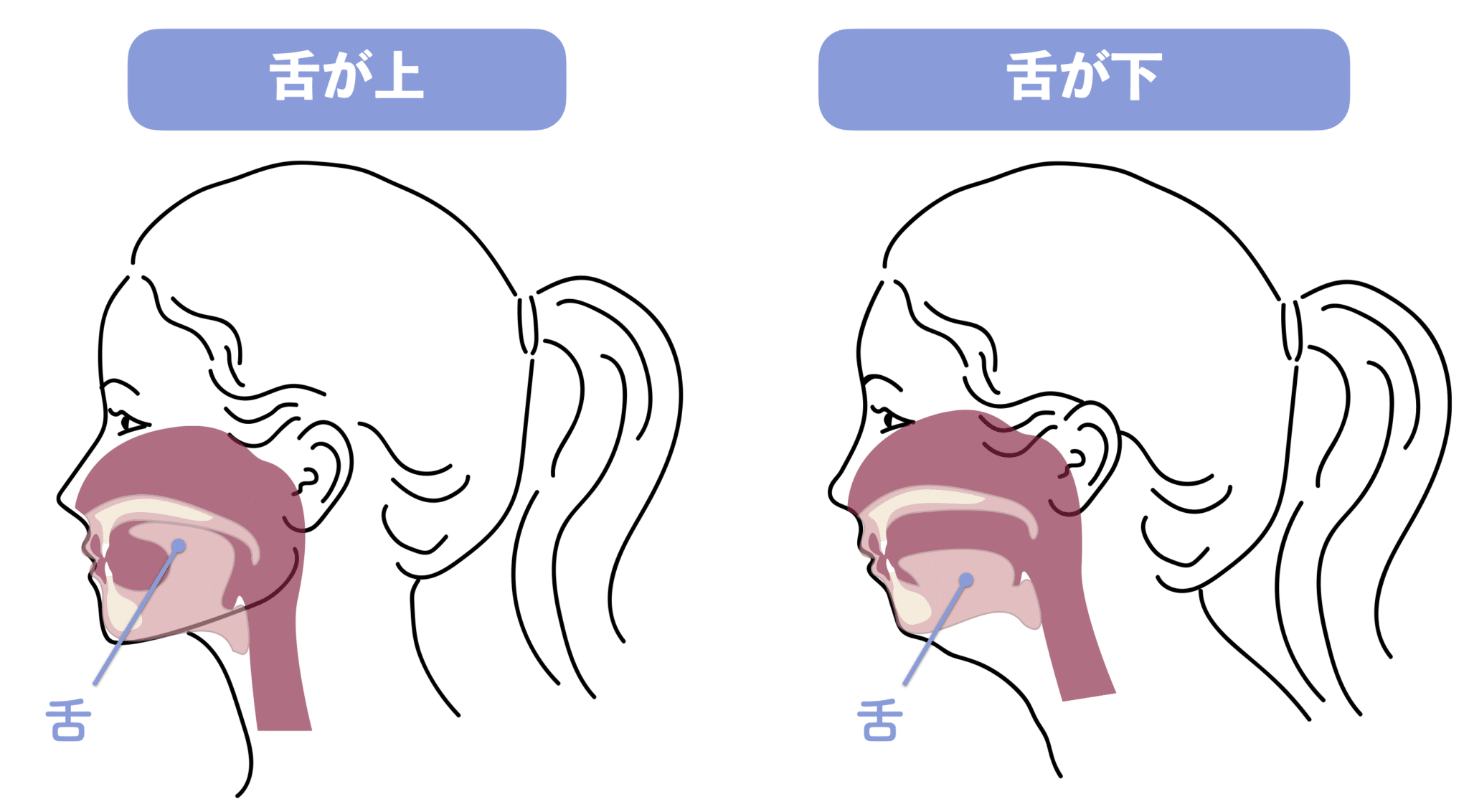
In fact, it is the position of the tongue. This is why it is difficult to feel the benefits of exercising the muscles under the chin. But training the tongue does not raise the tongue up either.
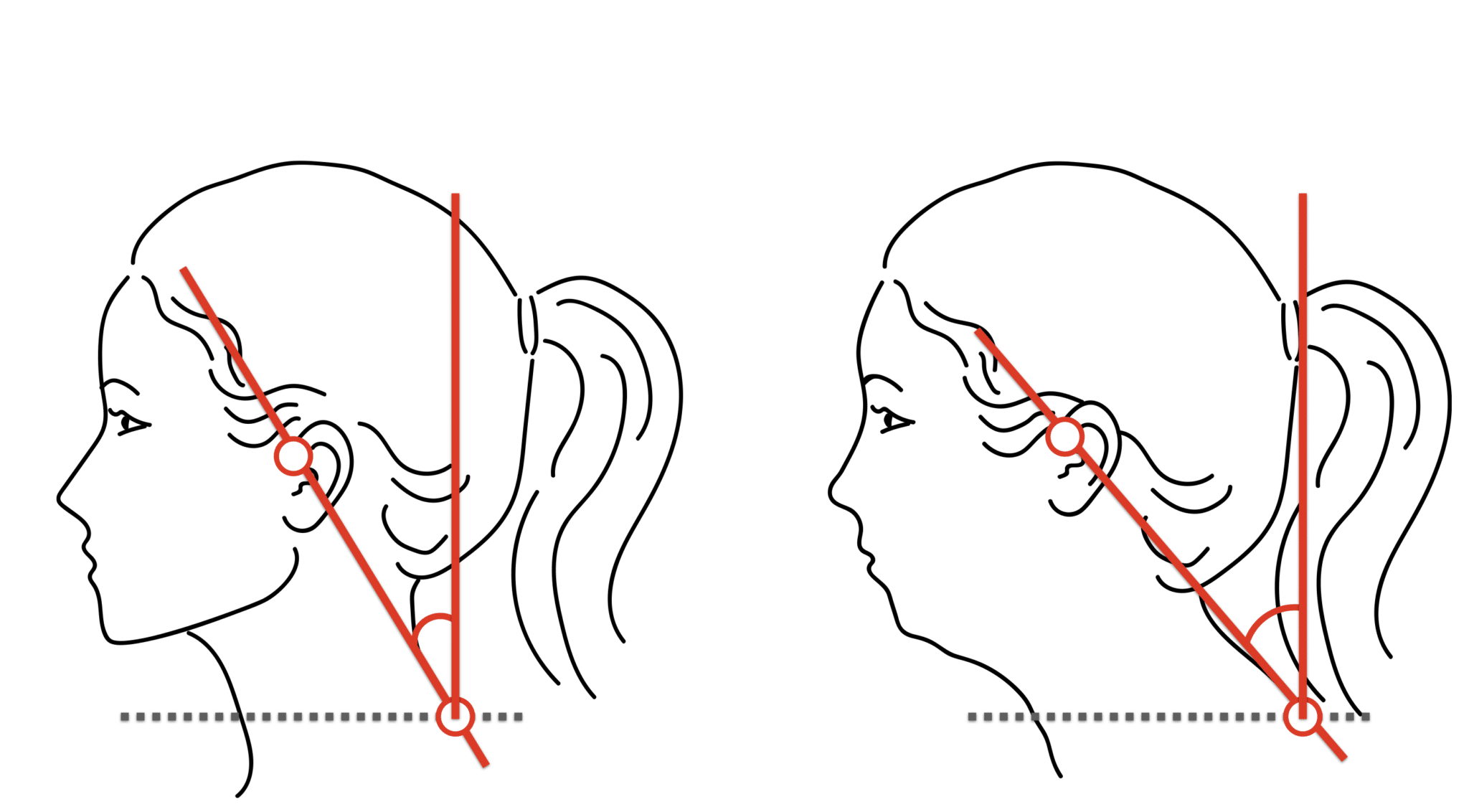
So what is the cause of a lowered tongue? Many people answer that it is due to "aging". But the answer is NO. In fact, the position of the tongue varies depending on the "angle of the cervical vertebrae. People with a lowered tongue have poor posture, and their head sticks out in front of them. So, if we want to raise the position of the tongue in order to have a clear jaw line, we need to create a correct posture.
Posture and double chin
Correct posture and its importance
When the toes are well open, you can stand up straight correctly. In correct posture, the spine has a natural S-shaped curve. This curve is important for balance so that the head, shoulders, hips, and knees are aligned in a straight line. Maintaining this curve in the spine maintains balance throughout the body and minimizes strain on joints and muscles.
Effects of poor posture
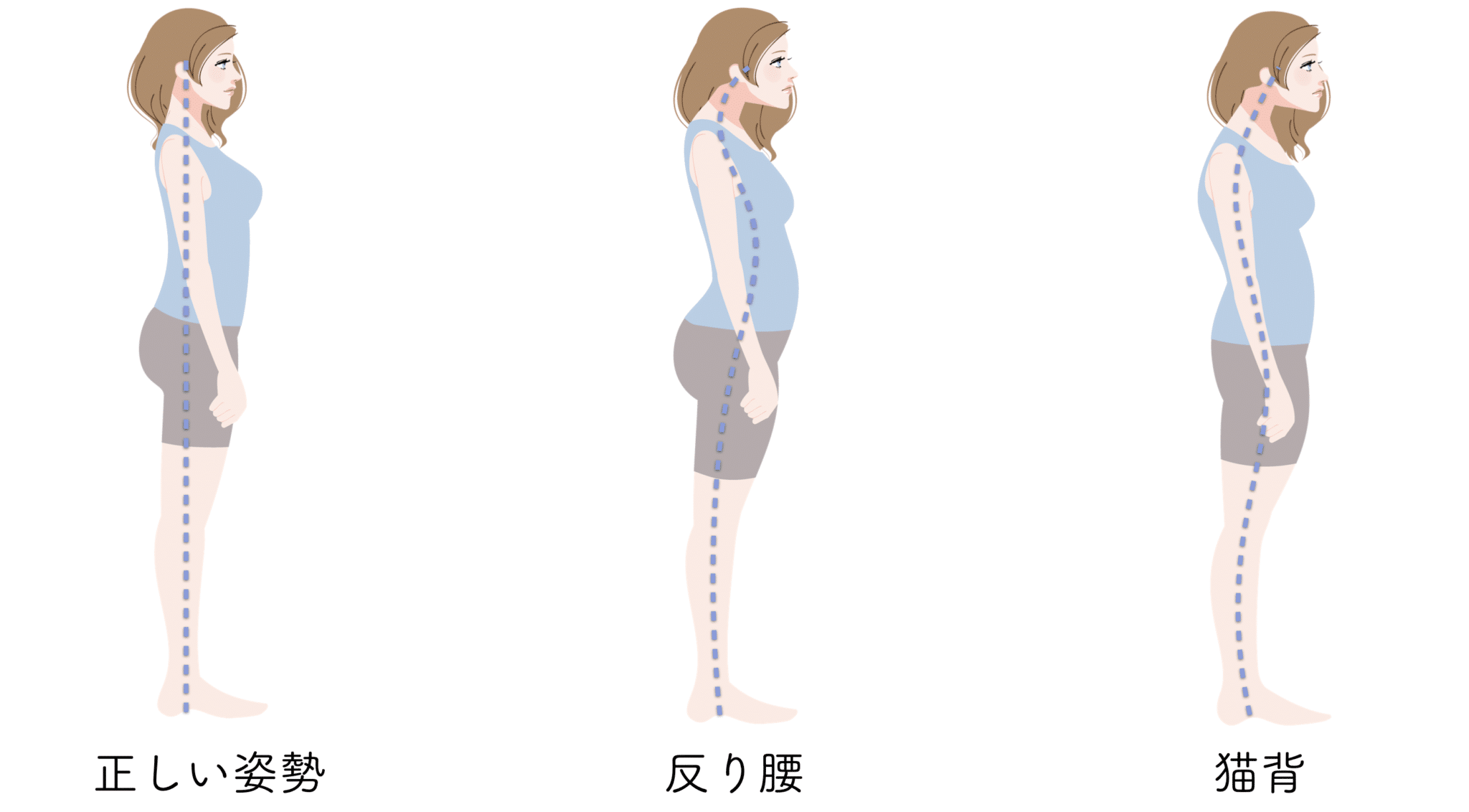
Deformed toes lead to hunching and bowed back. When the posture is poor and the head sticks out in front of the body, it is more susceptible to the effects of gravity. In this condition, the skin and muscles of the face are pulled downward against gravity in this posture, which can lead to sagging, and the facial muscles are pulled downward, which can deepen the lines and make one look older than one's age.
Poor posture also tends to cause poor blood circulation. When blood circulation is poor, the facial skin does not receive sufficient nutrients and loses its firmness and elasticity, resulting in sagging. In addition, a condition called "straight neck" can be induced.
What is Straight Neck?
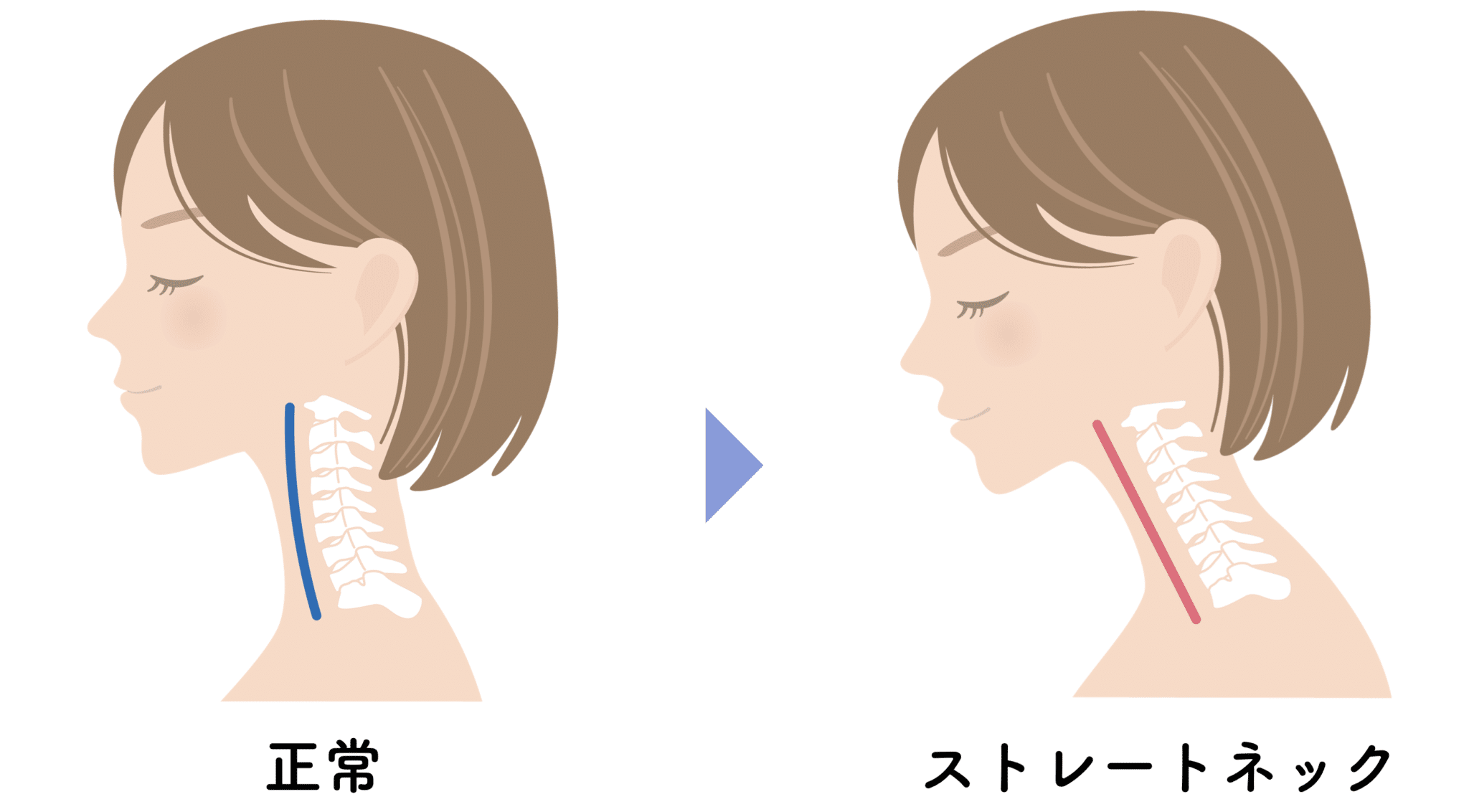
Straight neck refers to a condition in which the cervical spine loses its natural curvature and becomes straight. The number of cases has been increasing rapidly in recent years, especially due to prolonged use of smartphones and tablets. In this condition, the neck bone protrudes forward and the muscles under the jaw (sublingual muscles) are pulled downward, causing the "tongue" to drop. A low-positioned tongue results in a tartar under the chin, and a double chin is more likely to form.
What is the hyoid muscle group?
sublingual muscle group
First, there are muscles that connect the trunk and the hyoid bone. This is called the sublingual muscle group, which is the collective name for the following four muscles.
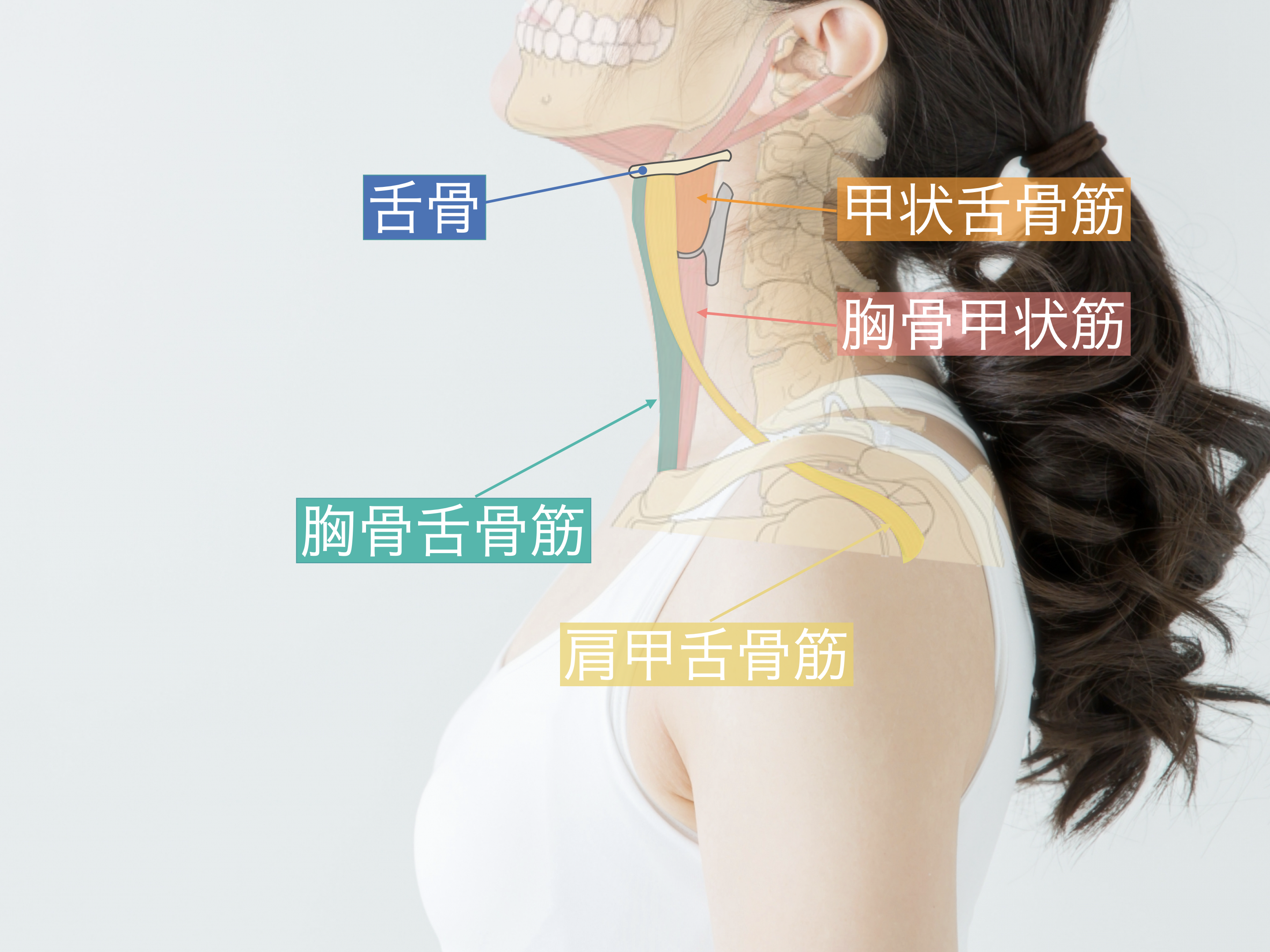
| beginning | suspension of music, dance, etc. as a sign of mourning | operation | |
| hyoid muscle of the thyroid | thyroid cartilage | hyoid bone (of the skull) | ▪ Pull down the hyoid bone ▪ Pull up the larynx during swallowing |
| ethmoid hyoid muscle | Sternum and sternoclavicular joint | hyoid bone (of the skull) | Pull down the hyoid bone. ... the larynx is pulled down the hyoid bone in the final stage of swallowing. |
| scapulohyoid muscle | Scapula (superior margin medial to scapular notch) | hyoid bone (of the skull) | ▪ Pull down the hyoid bone ▪ Pull down the hyoid bone on the larynx in the final stage of swallowing |
| sternocleidomastoid muscle | Sternum (posterior) | thyroid cartilage | ▪ Pull down the hyoid bone ▪ Pull down the hyoid bone on the larynx in the final stage of swallowing |
Every muscle has an origin and a stop.beginningis the end of a muscle, especially a skeletal muscle, that is attached to a bone or other body part that is close to the center of the body (i.e., proximal), or the end of a bone that moves only slightly less when the muscle contracts. The muscle'sbeginningThe part of the body that is attached to the side that is notsuspension of music, dance, etc. as a sign of mourningor adhesion.
Among the sublingual muscle groups.scapulohyoid muscleandethmoid hyoid muscleLet's focus on the following. It is important to note that the origin is the scapula and sternum. That it is connected to the scapula and sternum,Affected by the distance between the scapula/sternum and the hyoid boneThat is to say.


Muscles have a physiological length called optimal length, so if the posture is one in which the chin is elevated due to hunching or slouching, the distance between the beginning and end of the muscle is increased, resulting in overstretching and lengthening.
What is the supraspinatus muscle group?
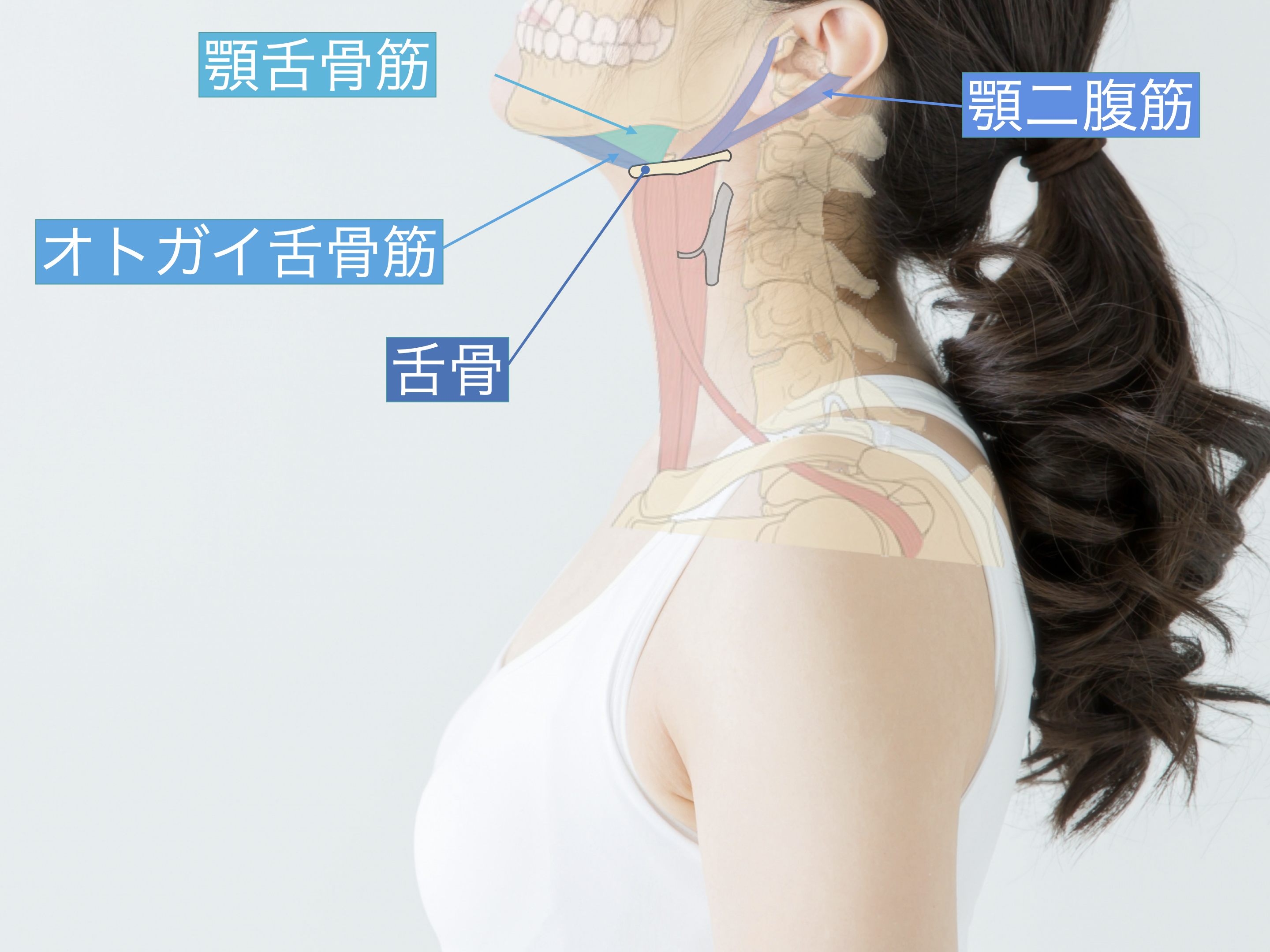
The suprasellar muscle group is a collective term for the following four muscles that connect the cranium or mandible to the hyoid bone. It is located above the sublingual muscle group and mainly acts to elevate the hyoid bone forward during swallowing.
| beginning | suspension of music, dance, etc. as a sign of mourning | operation | |
| obturator hyoid muscle | mandible | hyoid bone (of the skull) | ▪ Traction of the hyoid bone forward during swallowing ▪ Aids in opening the mouth |
| hyoid muscle of the jaw | mandible | hyoid bone (of the skull) | ...Traction of the hyoid bone forward during swallowing. . Assist with opening and lateral movements during mastication |
| bicipital (two-membered) muscle of the jaw | mandible | hyoid bone (of the skull) | Raises the hyoid bone during swallowing ・ Assists in pulling down the mandible |
| trochanteric bone muscle | temporal bone (of the skull) | hyoid bone (of the skull) | Raises the hyoid bone during swallowing ・ Assists in pulling down the mandible |
When the posture of the jaw is elevated due to hunching or slouching, the distance between the beginning and end of the muscle is increased, causing excessive tension and lengthening. As a result, the sublingual muscles attached to the hyoid bone are pulled downward, and their action of pulling down the hyoid bone becomes stronger. As a result, the tongue, which is attached to the hyoid bone, drops downwards, resulting in a "low tongue. The double chin is not caused by the skin or muscles of the jaw, but by a drooping tongue.
Sagging face is the broad cervical muscle

A posture of chin up due to hunchback causes excessive kyphosis/straight neck of the cervical spine. The head moves forward. When the upper cervical vertebrae are hyperextended, the broad cervical muscles are stretched.
This causes the stop of the broad cervical muscles, the inferior border of the mandible, masseter muscle fascia, smile muscle, submucous muscle, and submucous muscle to be pulled downward, which also pulls the orbicularis oris muscle through these muscles.
If the broad cervical muscles are pulled, the lower jaw is pulled downward and backward, which makes it easier to open the mouth (mouth breathing), and the lips are pulled downward in conjunction with it.
The fact that many young people as well as the elderly have sagging faces can be explained by anatomical alignment rather than simply muscle strength. If training of the facial muscles is ineffective, a close observation of these alignments can more easily improve facial sagging.
Why do you have bad posture?
Let's replace the state in which a person stands with that of standing on one's head. When you stand on your head, what should your hands look like? The fingers of the hands should be spread wide and straight out. If the fingers of the hands are closed or bent, the arms will not be strong enough or balanced enough to stand upside down.
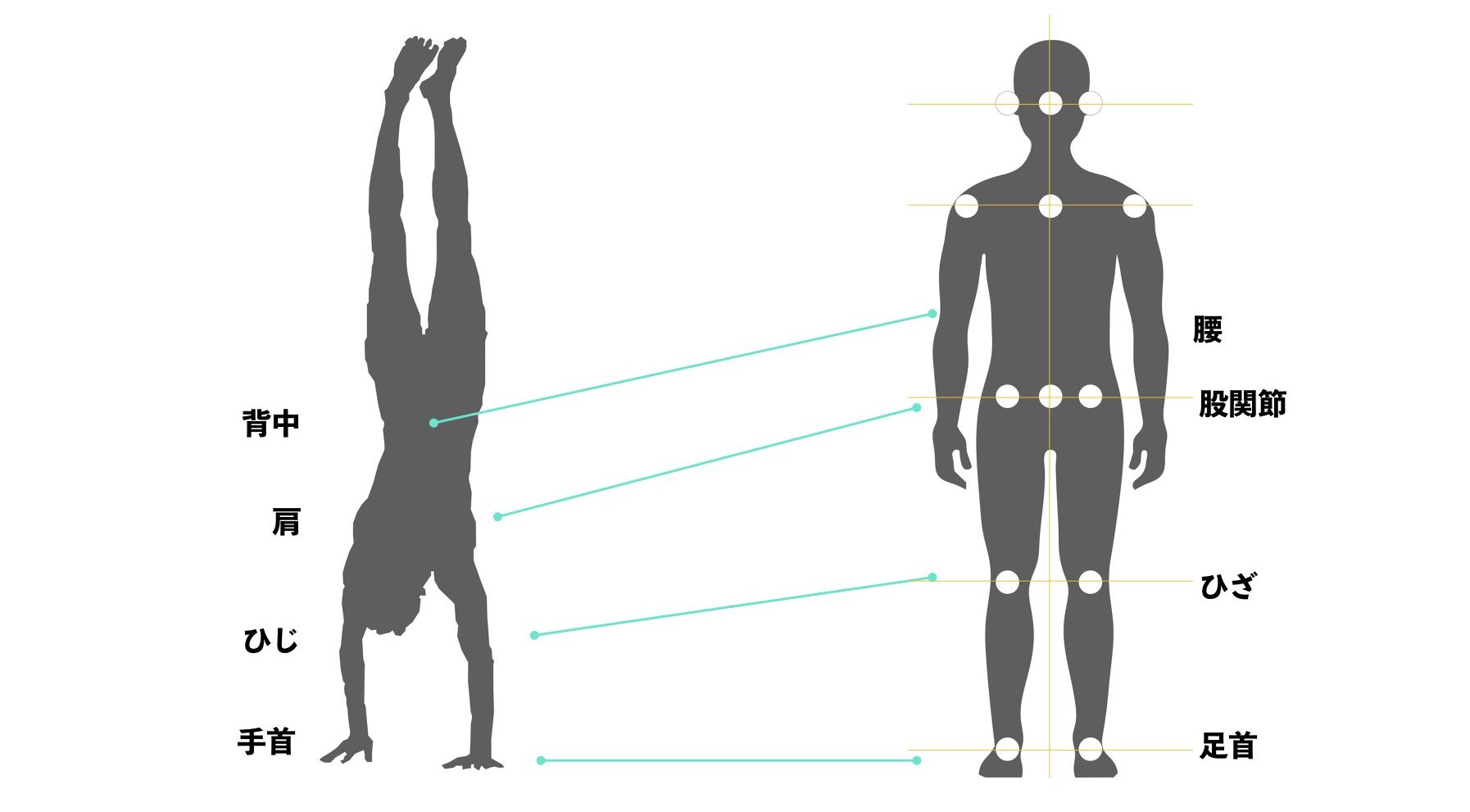
If we replace the hands with "feet," the wrists are the ankles, the elbows are the knees, and the shoulders are the hips. When the toes are well spread and extended, we can stand straight and balanced in the most comfortable position.
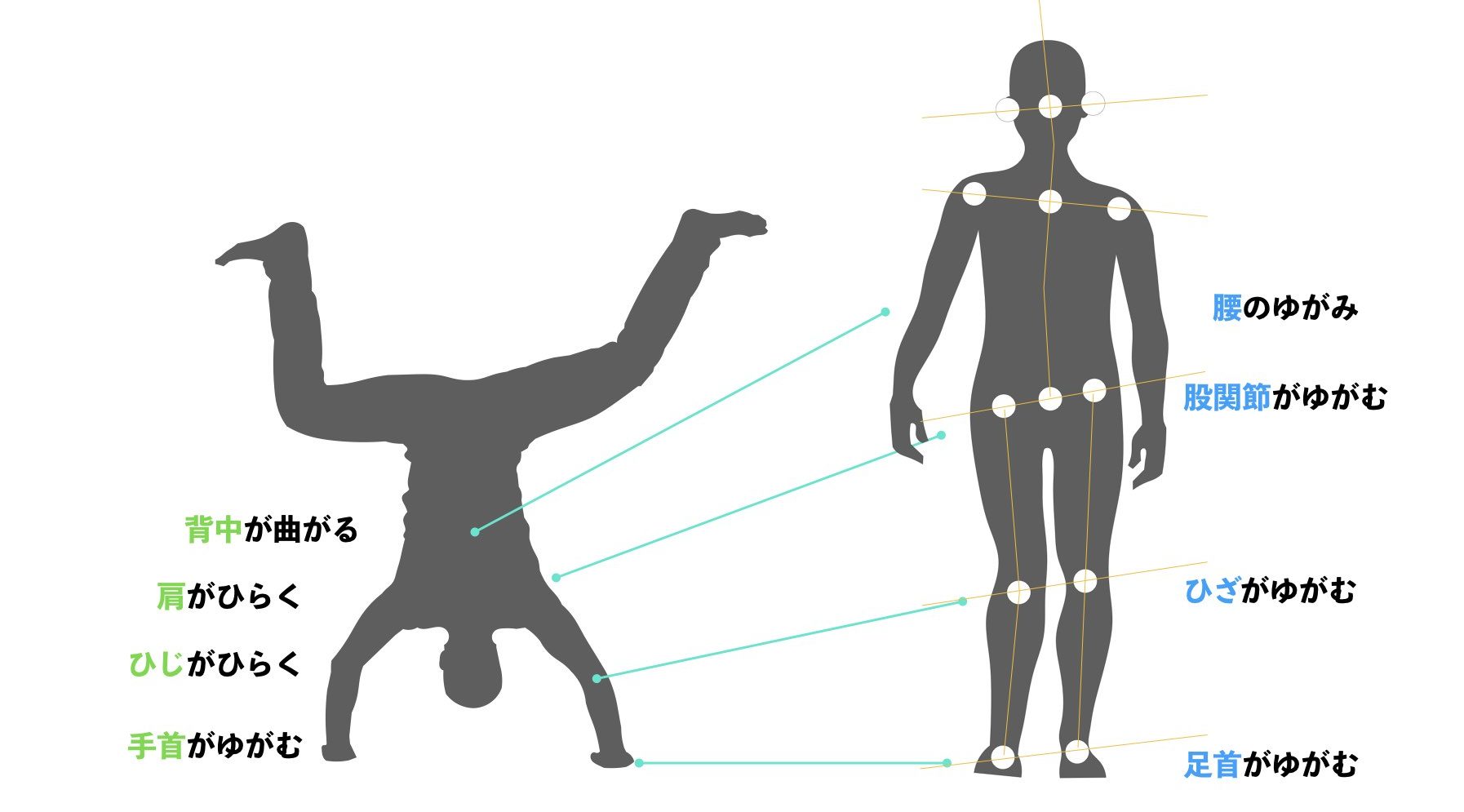
Even if your feet are unbalanced, your body will try to stand while somehow balancing itself. However, forcing balance distorts the bones and fatigues the muscles. The strain on these parts of the body leads to various pains and physical discomforts, including hallux valgus. For more information, please refer to the following article.
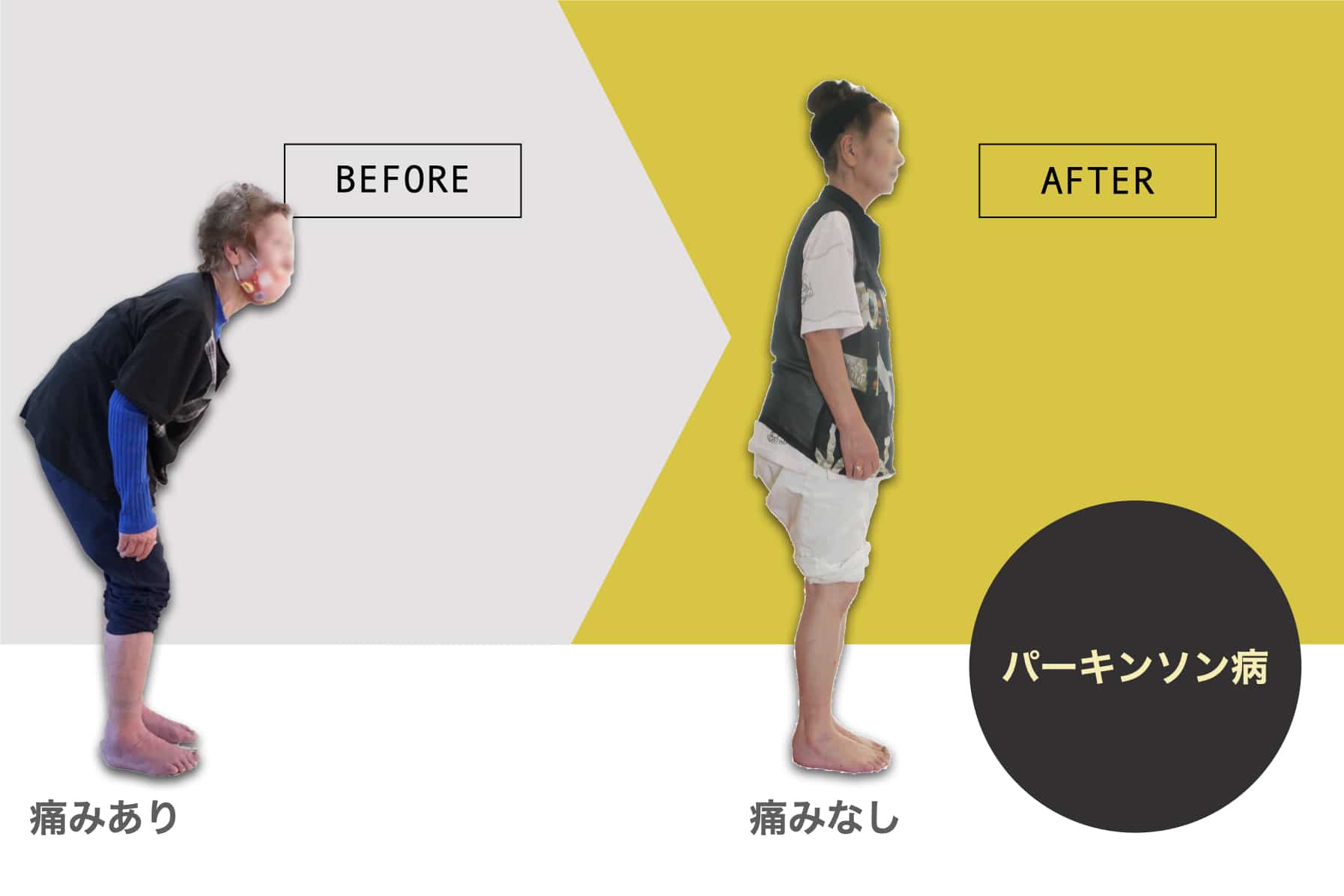
Are your toes straight?
Very few people do not have crooked toes. This is largely due to our culture of wearing socks and shoes. Check your own feet by looking at pictures of your toes. Typical toe deformities include the following
- Hallux valgus
- Inner ring finger (inner ring finger)
- floating finger
- Kagami finger (a.k.a. hammertoe)
- Sleeping Fingers
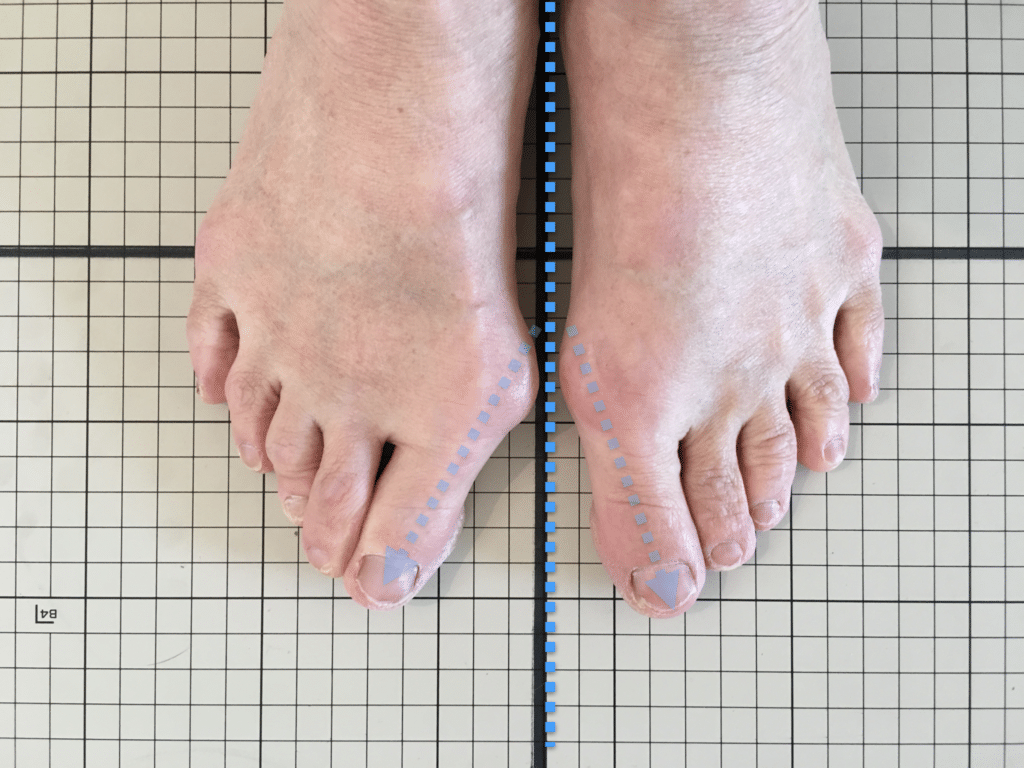
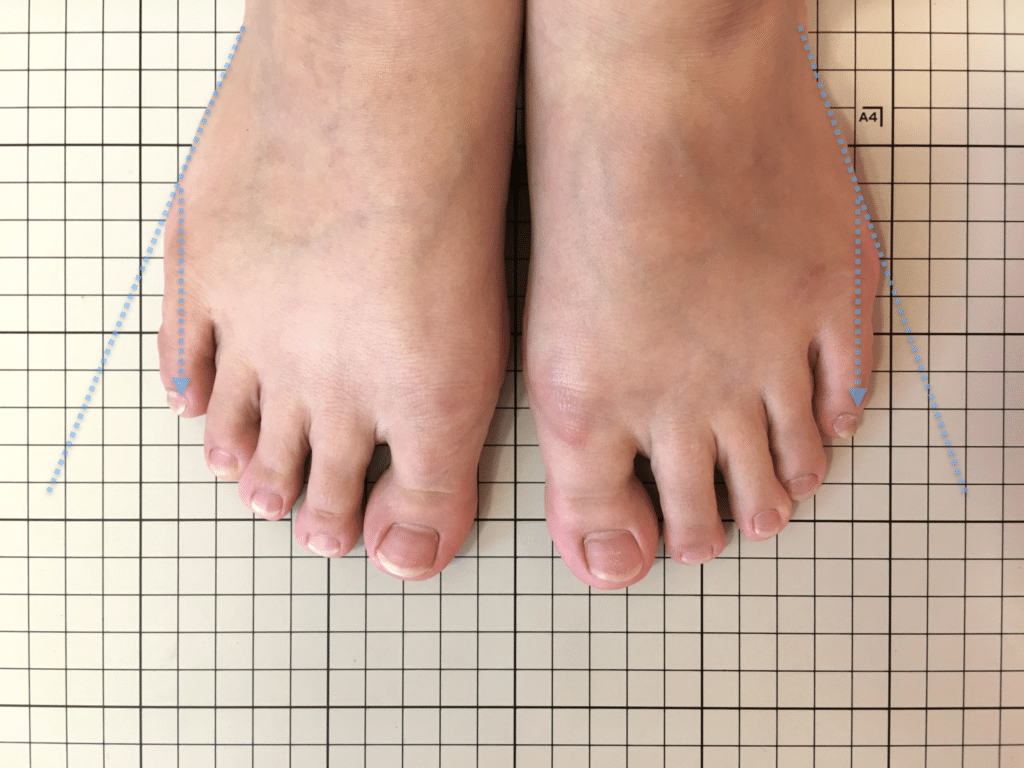
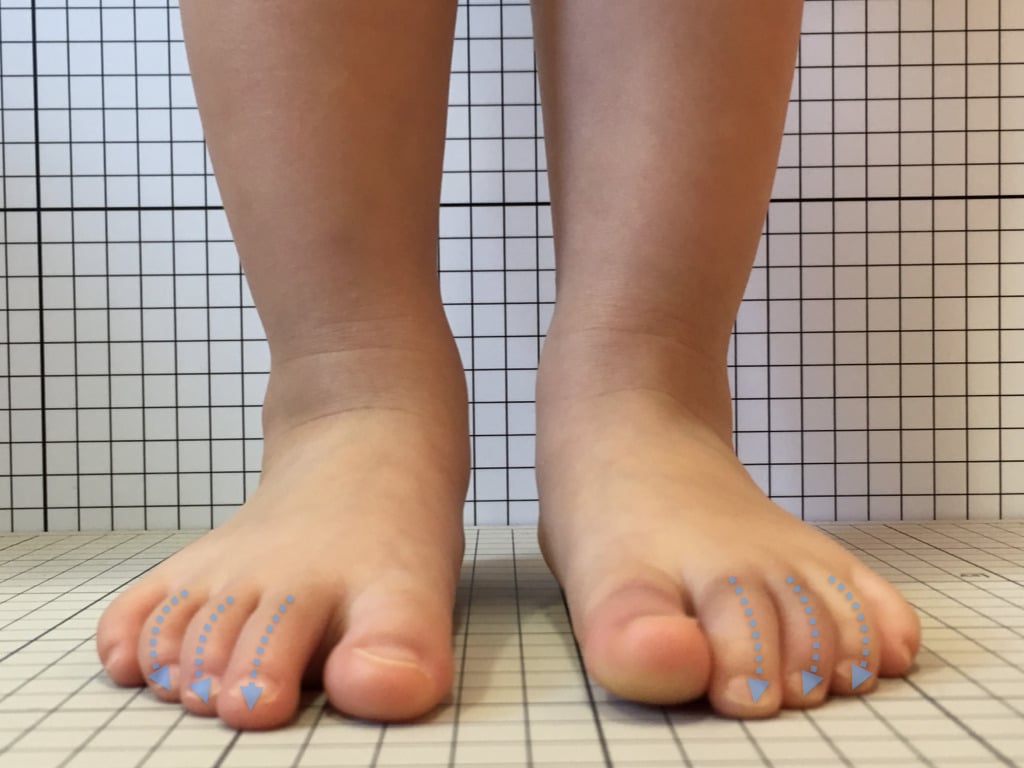
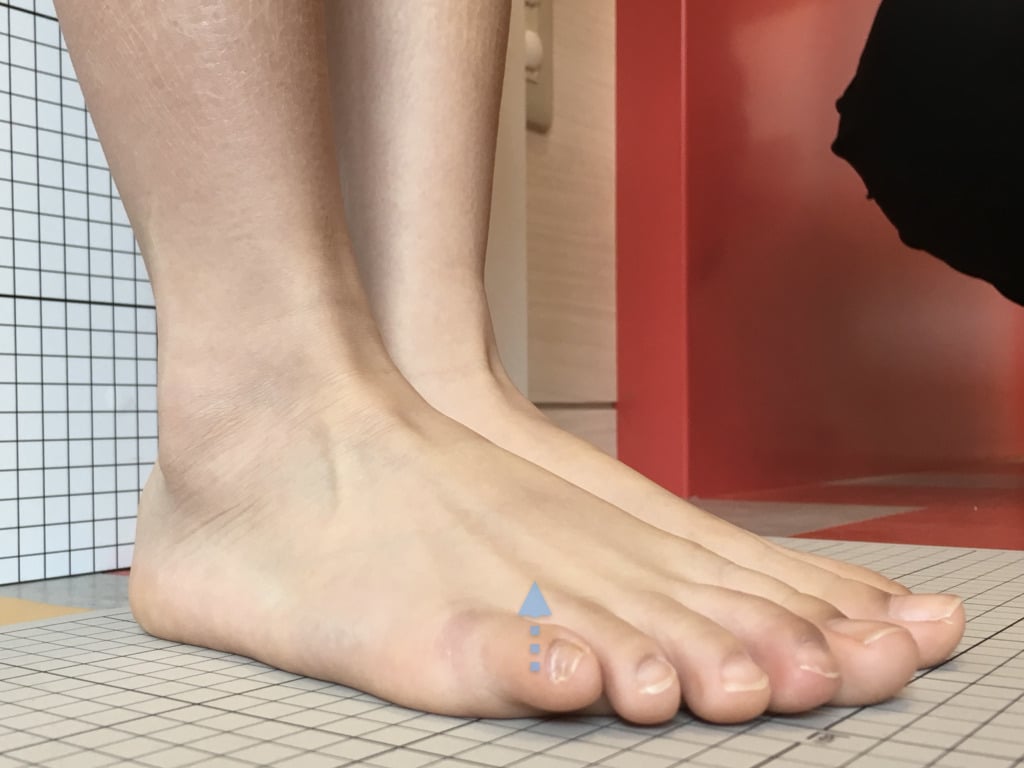
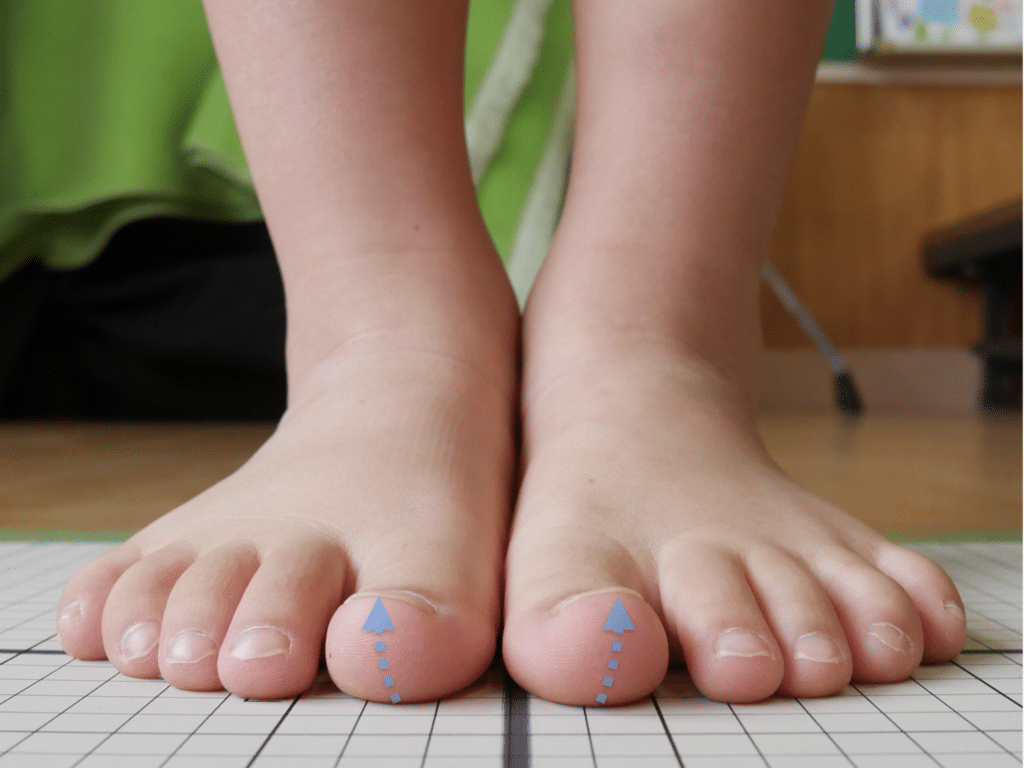
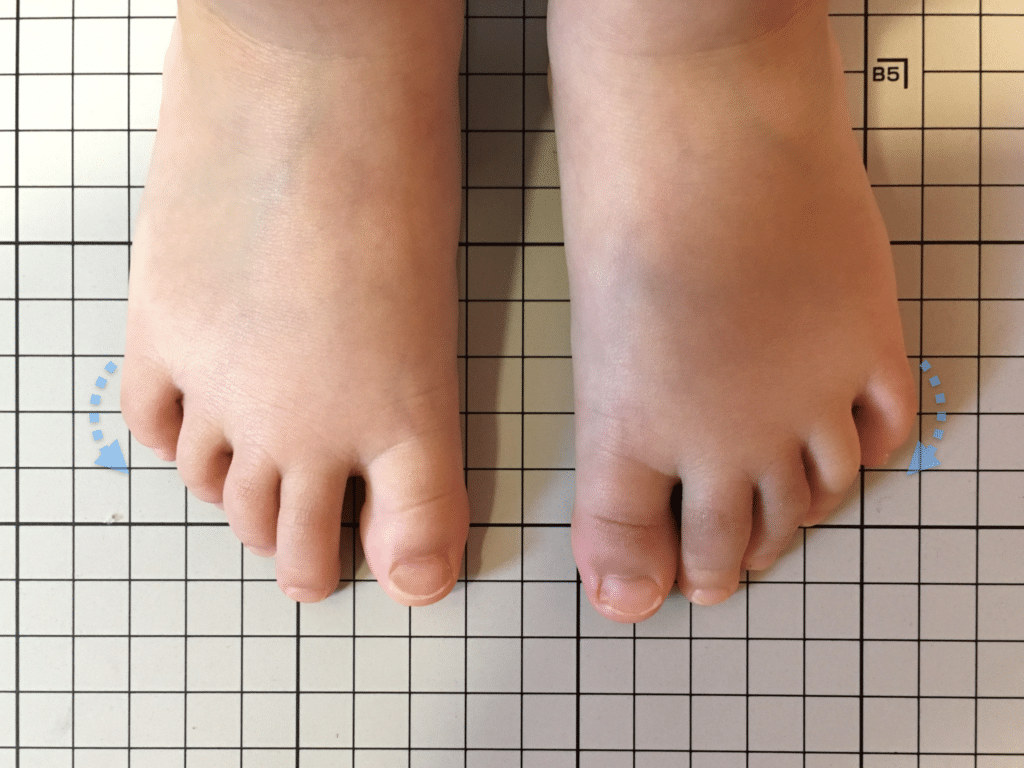
Many people know about hallux valgus, but may not have heard of hallux valgus, floating toes, crouching toes, or sleeping toes. These toe deformities cause imbalances in the body. Take good care of your toes to improve your double chin and sagging face. For more information on toe deformities, please refer to the following article.
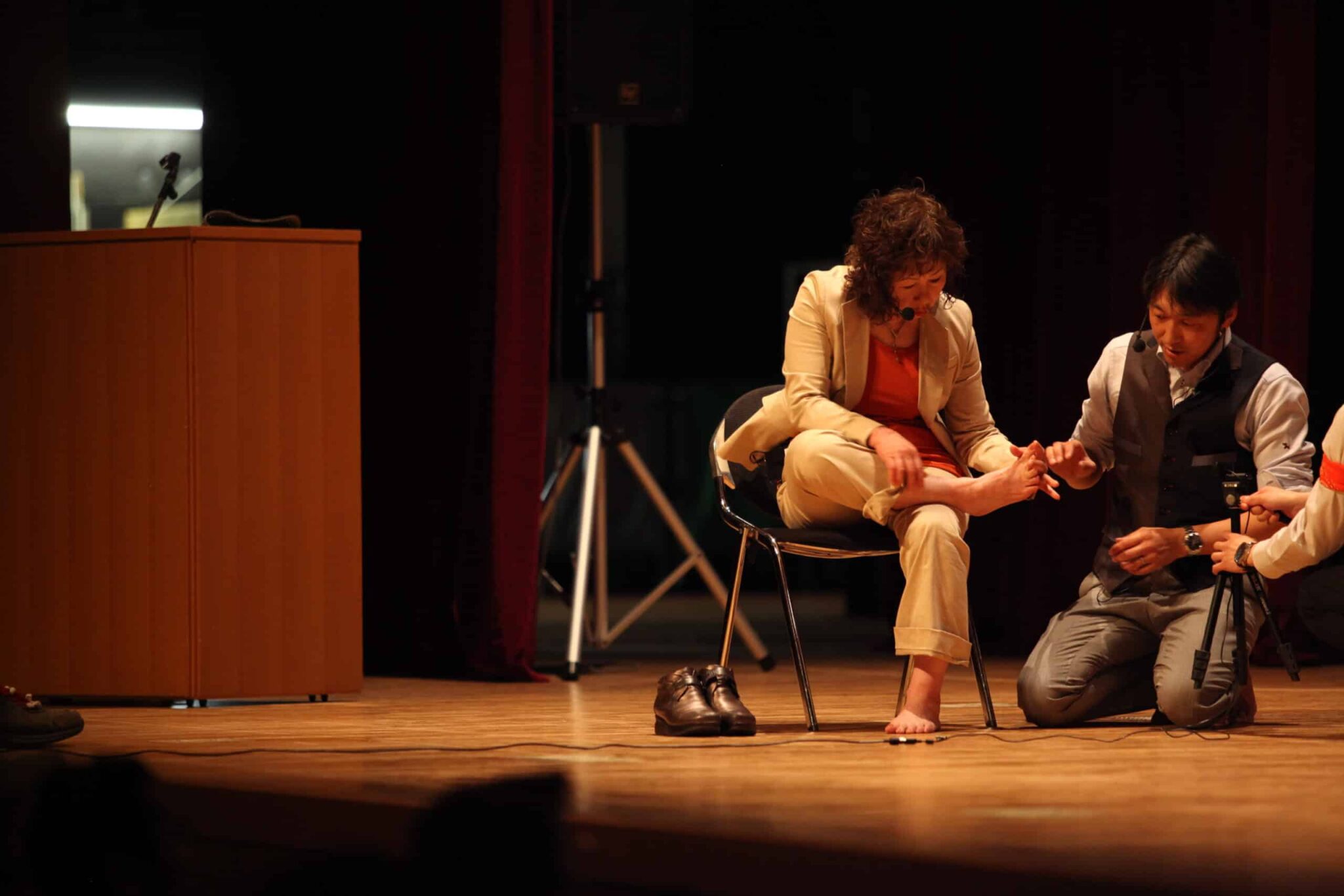
Approaches to improving posture
To improve posture, it is important to get the toes in the right shape, not to strengthen the trunk.
Ergonomics in practice
1.Improvement of desk work environment:
Adjusting the height of your chair or desk and aligning the monitor to eye level will help you maintain a natural posture. It is important to keep your back straight and your shoulders relaxed.
2.Posture Correction Items:
Toe exercises and socks to support posture help maintain correct posture for long periods of time.
Introduction of HIRONOVA gymnastics and YOSHIRO SOCKS
1.gymnastics (esp. at Hironoba Gymnastics):
This exercise is designed to improve overall body balance and posture by spreading the toes. Do this exercise once a day for 5 minutes.
2.YOSHIRO SOCKS:
These special socks are designed to improve toe deformities and support correct posture. The toes expand to promote a natural gait, and wearing YOSHIRO SOCKS in daily life helps to stretch the toes, stabilize the body's center of gravity, and improve posture.
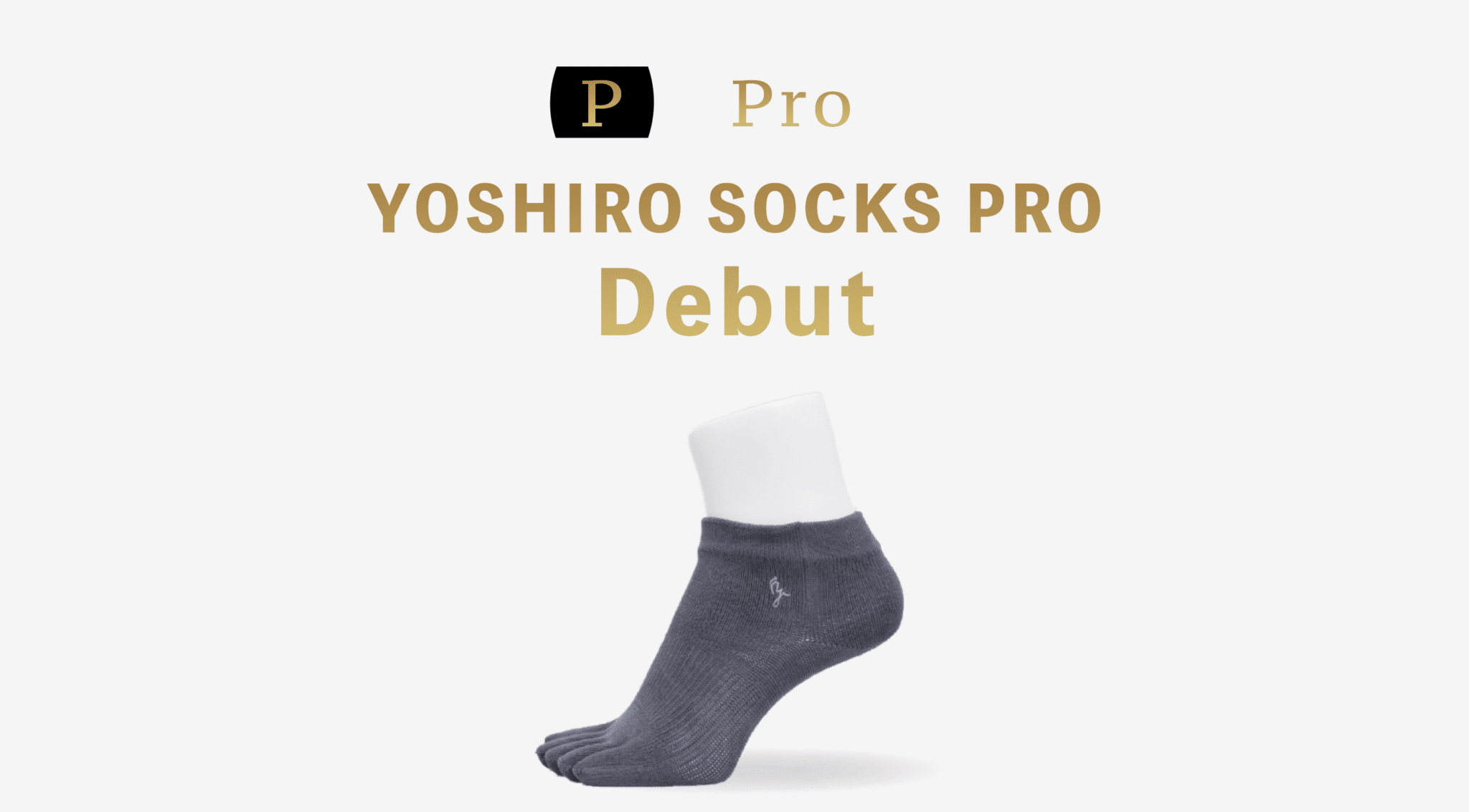
YOSHIRO SOCKS are special socks designed to improve toe deformities and balance the entire body. This improves posture, thus preventing and improving double chin.
Mechanism of Effect
1.Spread toes:
YOSHIRO SOCKS are designed to naturally spread the toes. This allows the toes to return to their correct position, balancing the entire body.
2.Improved posture:
Improved toe function naturally improves overall body posture. In particular, hunchbacks and straight necks can be improved, which has a positive effect on the muscles of the neck and jaw.
3.Stability of center of gravity:
Proper functioning of the toes stabilizes the body's center of gravity, making it easier to maintain correct posture even when standing or working at a desk for long periods of time.
Effectiveness of YOSHIRO SOCKS (scientific evidence)
1.Improved toe function:
Hallux valgus angle
The big toe angle at the start is19.1°, with a maximum of
The big toe angle after 8 weeks is12.3°
The average value at the 8th week was 6.8° improvement of the big toe angle compared to the beginning. The action of improving the metatarsophalangeal angle was confirmed.
*Difference between the mean before the start and at 8 weeks
*Graphs show average values in clinical trials.
*Results may vary from person to person and are not guaranteed to be 100%.
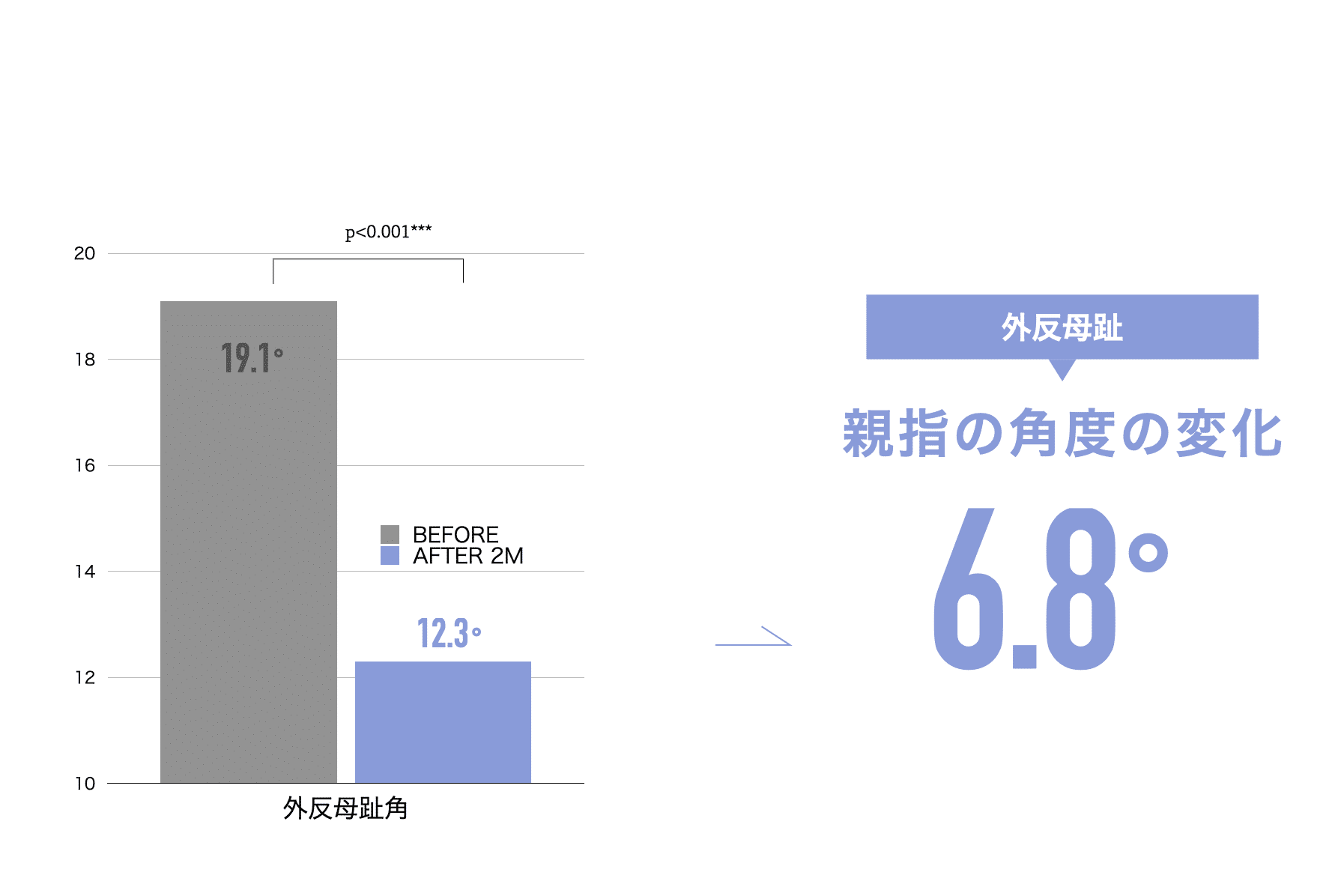
Spreading the toes promotes proper foot use and improves overall body balance. This improves posture and naturally raises the position of the tongue.
2.Improved posture:
strength of one's back
The back strength at the start of the program is71.6kg
After 8 weeks, the back strength was82.9kg
The average value at the 8th week was a 116% improvement in back strength compared to the start of the program. The action of postural improvement was confirmed.
*The average back strength of women in their 40s is 80 kg
*Difference between the mean before the start and at 8 weeks
*Graphs show average values in clinical trials.
*Results may vary from person to person and are not guaranteed to be 100%.
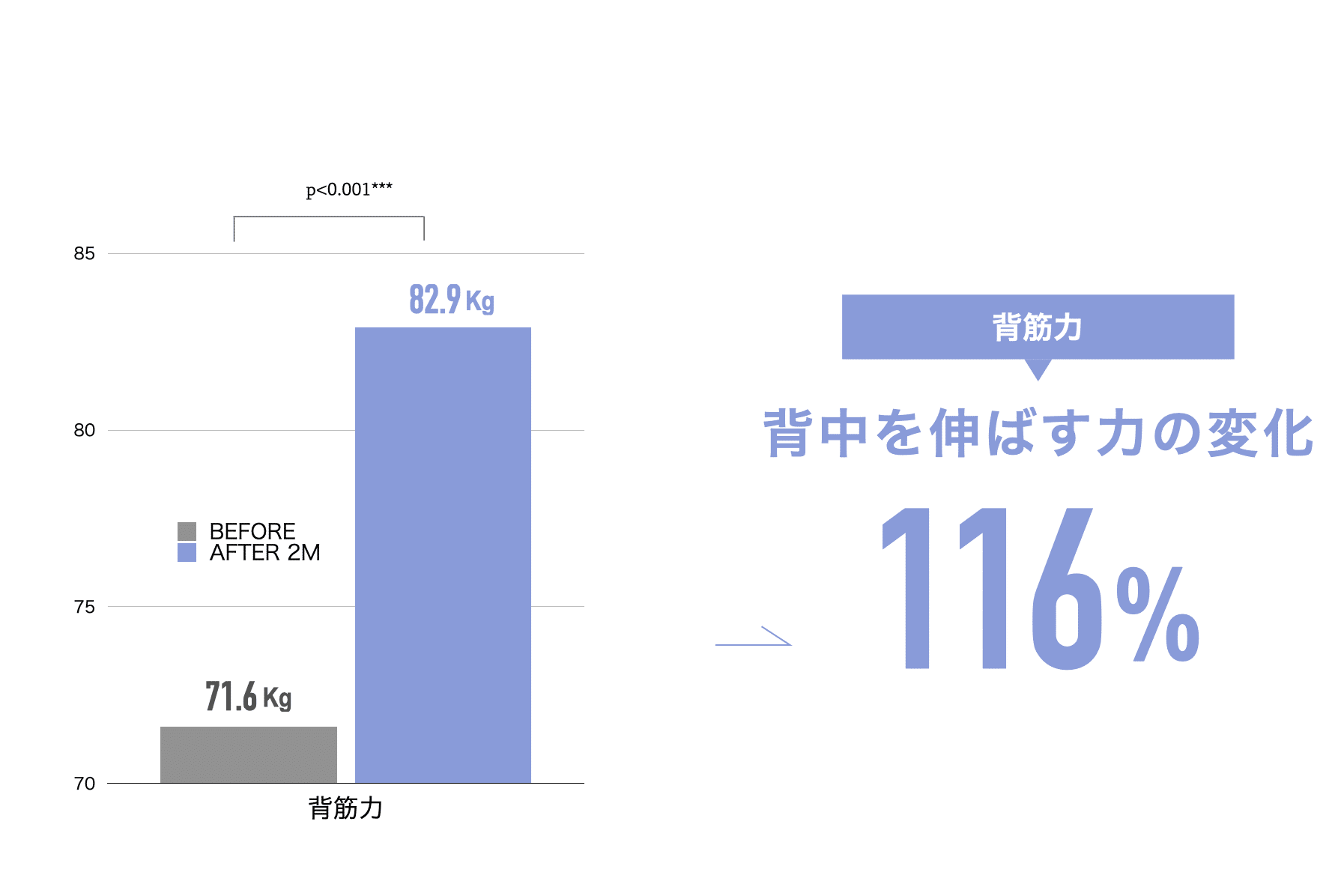
As toe deformities are improved, the body's center of gravity is maintained correctly, and hunchbacks and straight necks are expected to improve. Improved posture will result in correct positioning of the neck and jaw and tightening of the muscles under the chin. This prevents the formation of a double chin and improves existing double chins; daily use of YOSHIRO SOCKS to improve posture and toe function can be expected to prevent and improve double chins. You will maintain a healthy lifestyle and achieve good cosmetic results.
